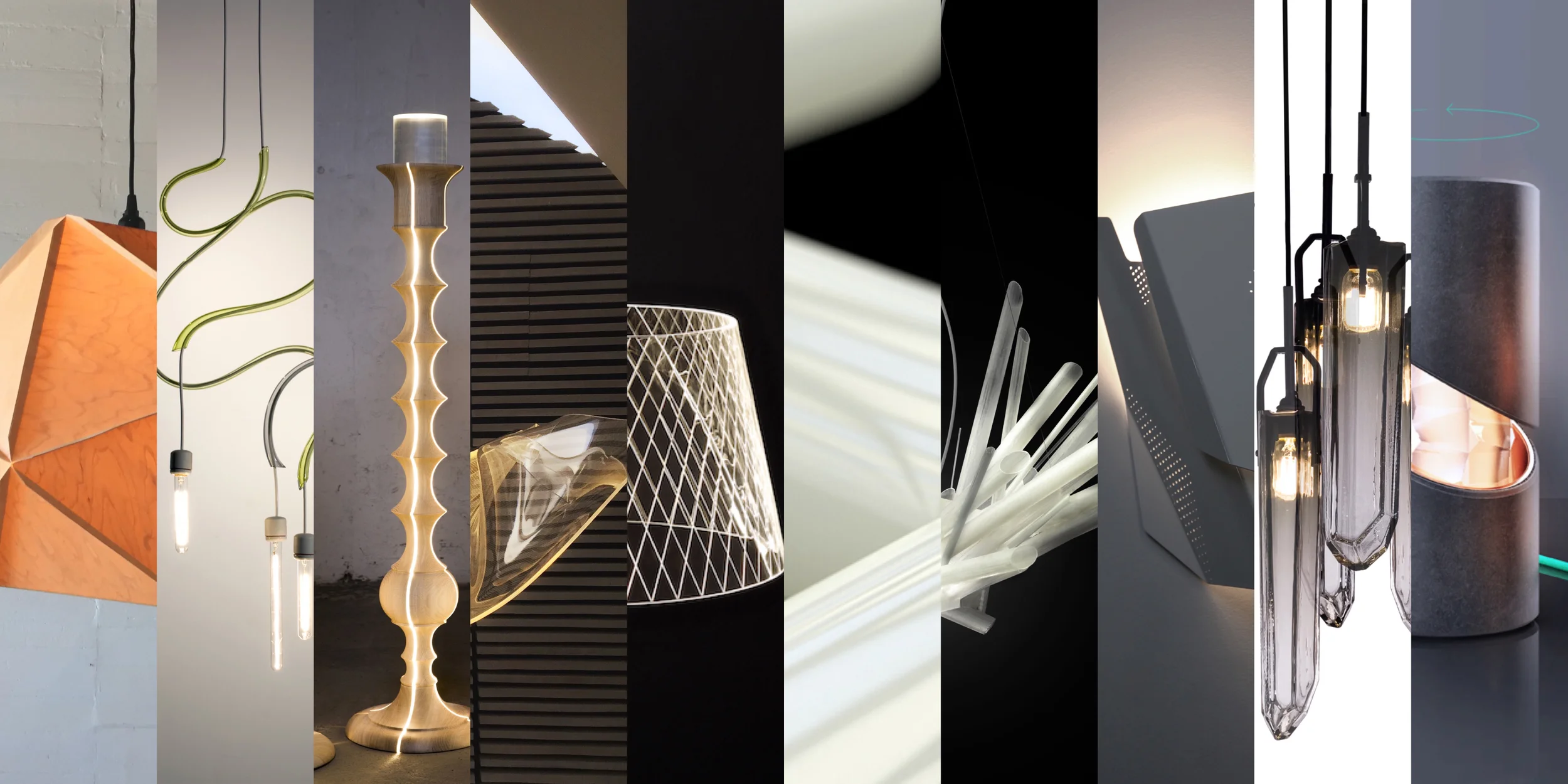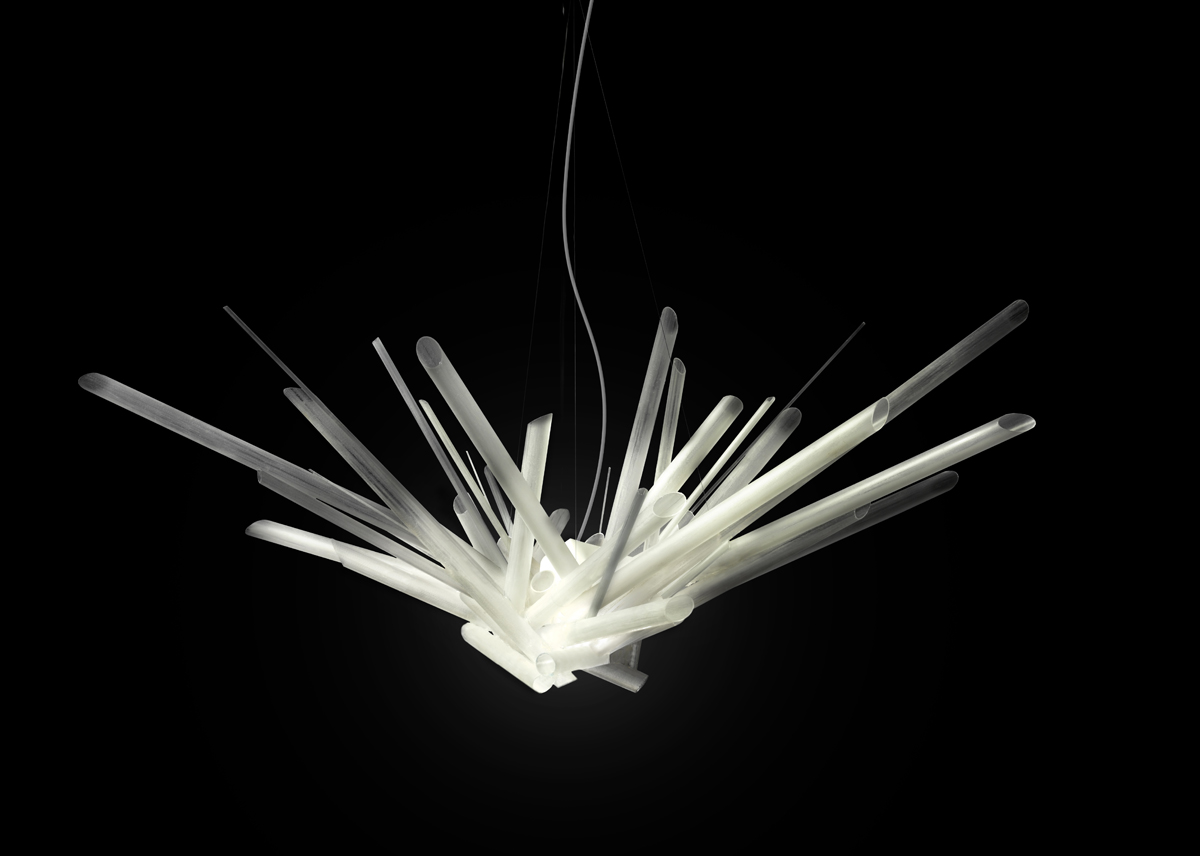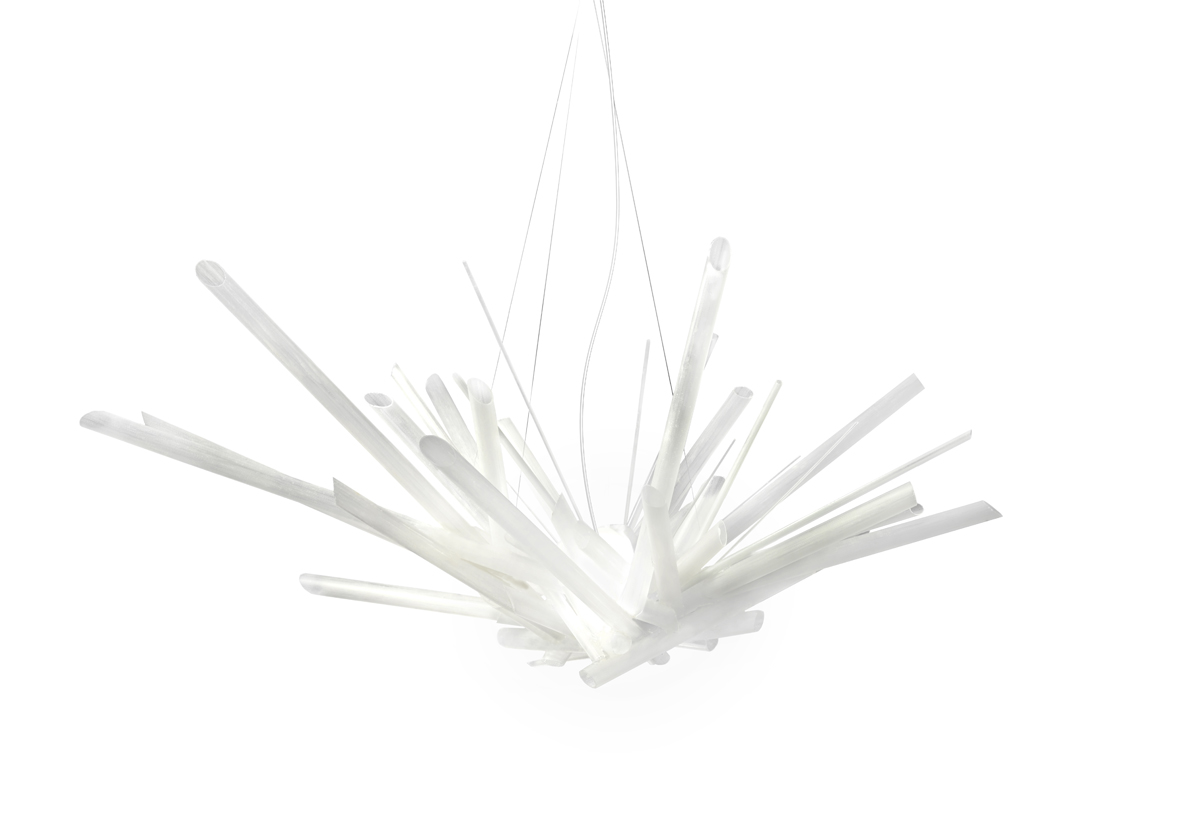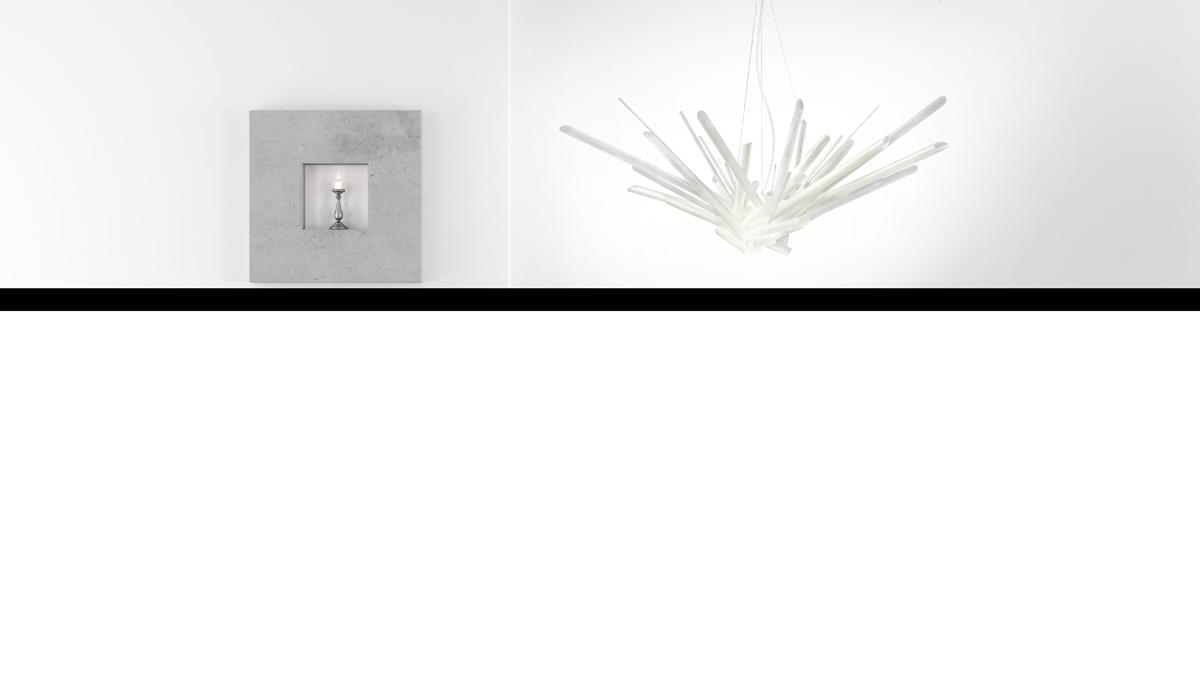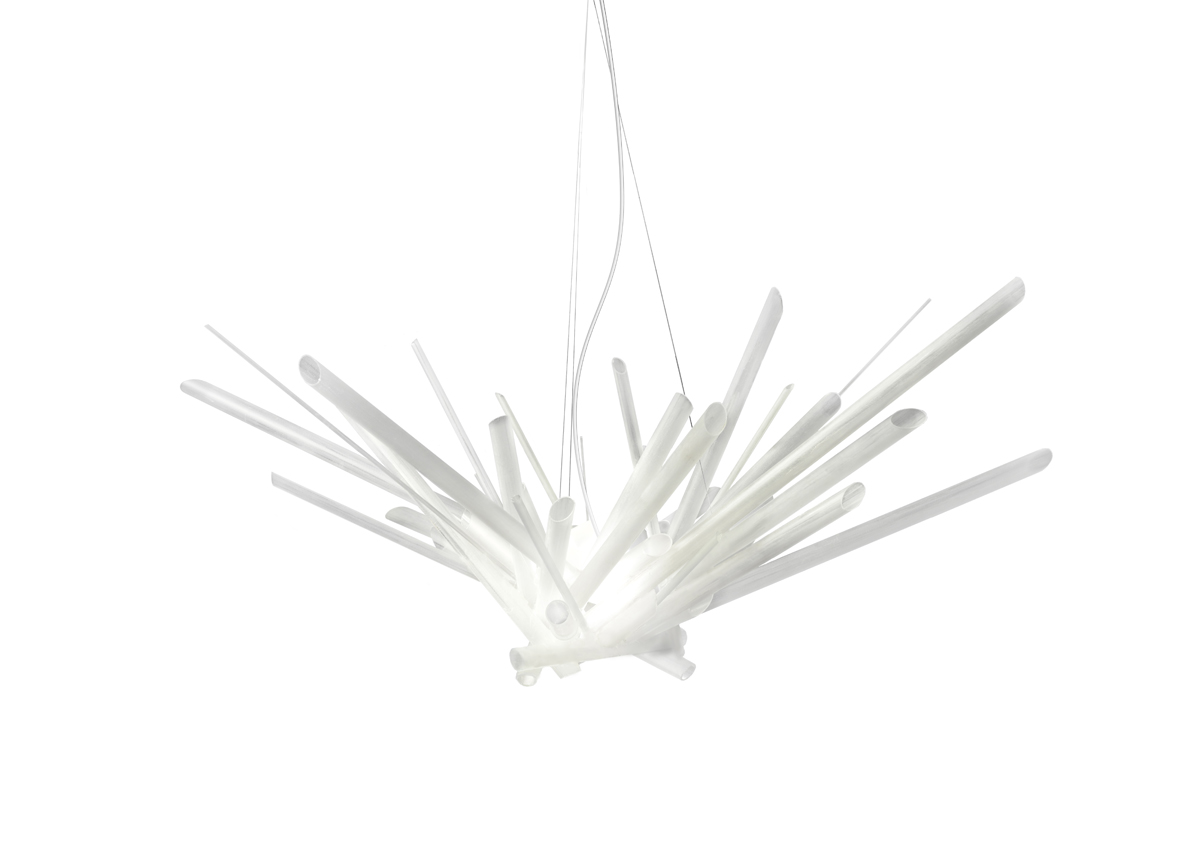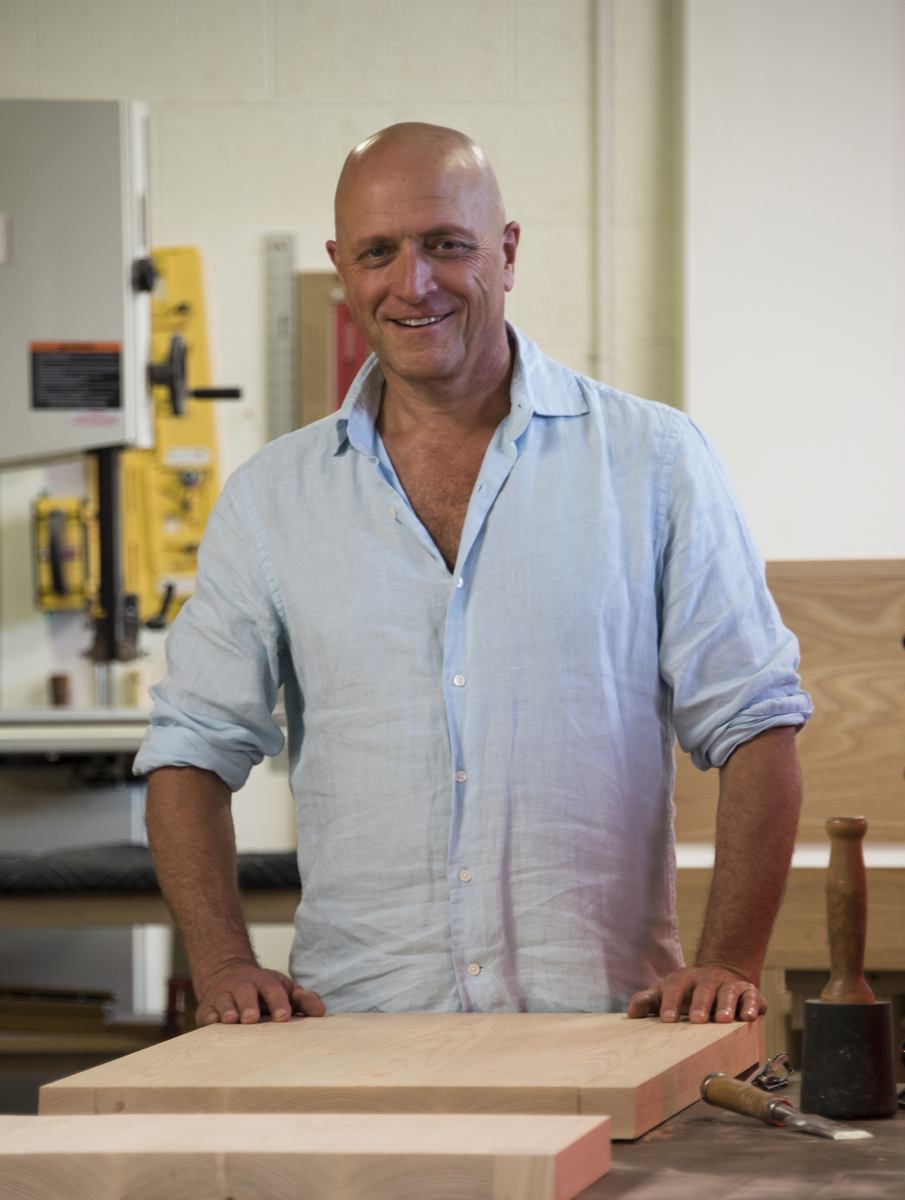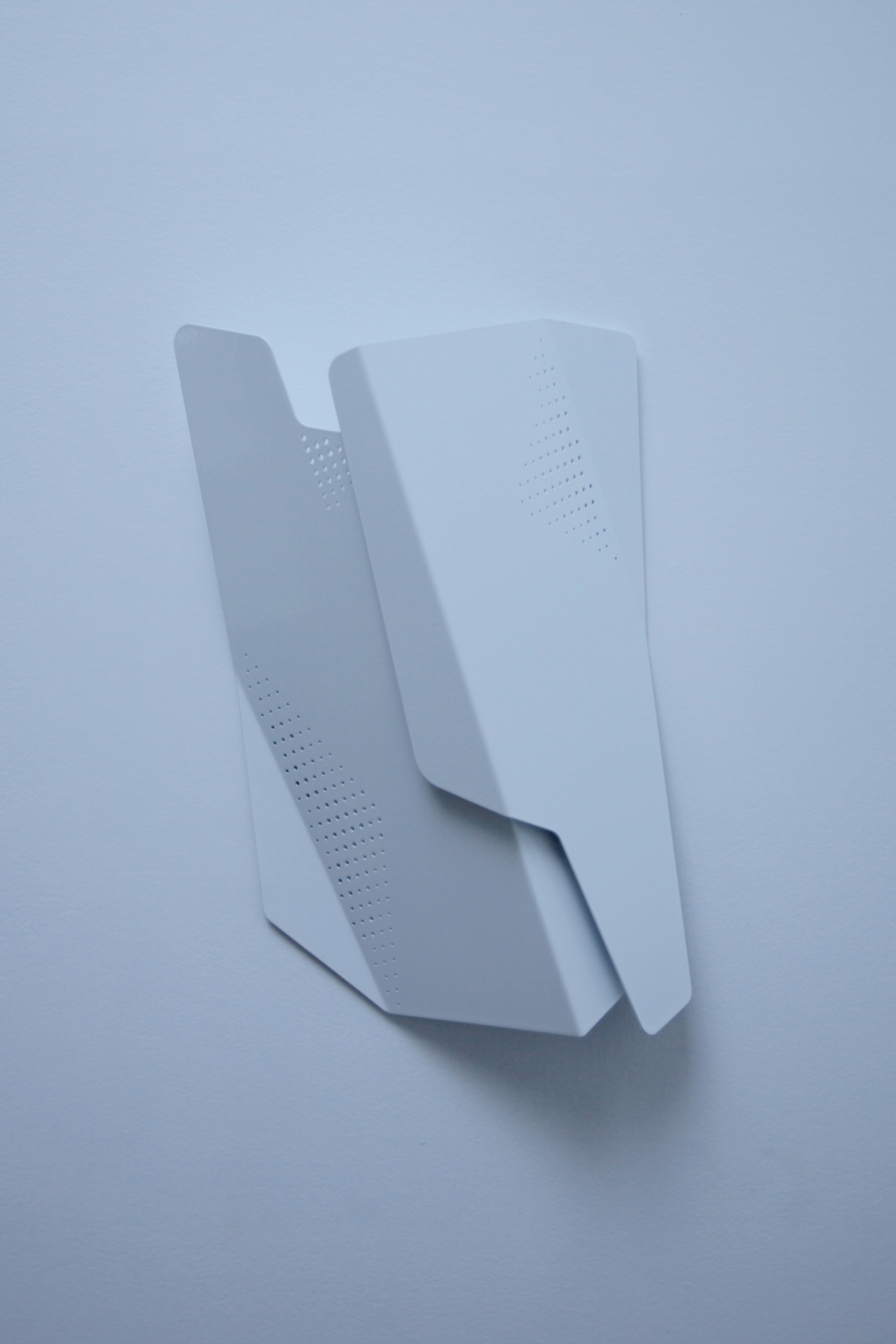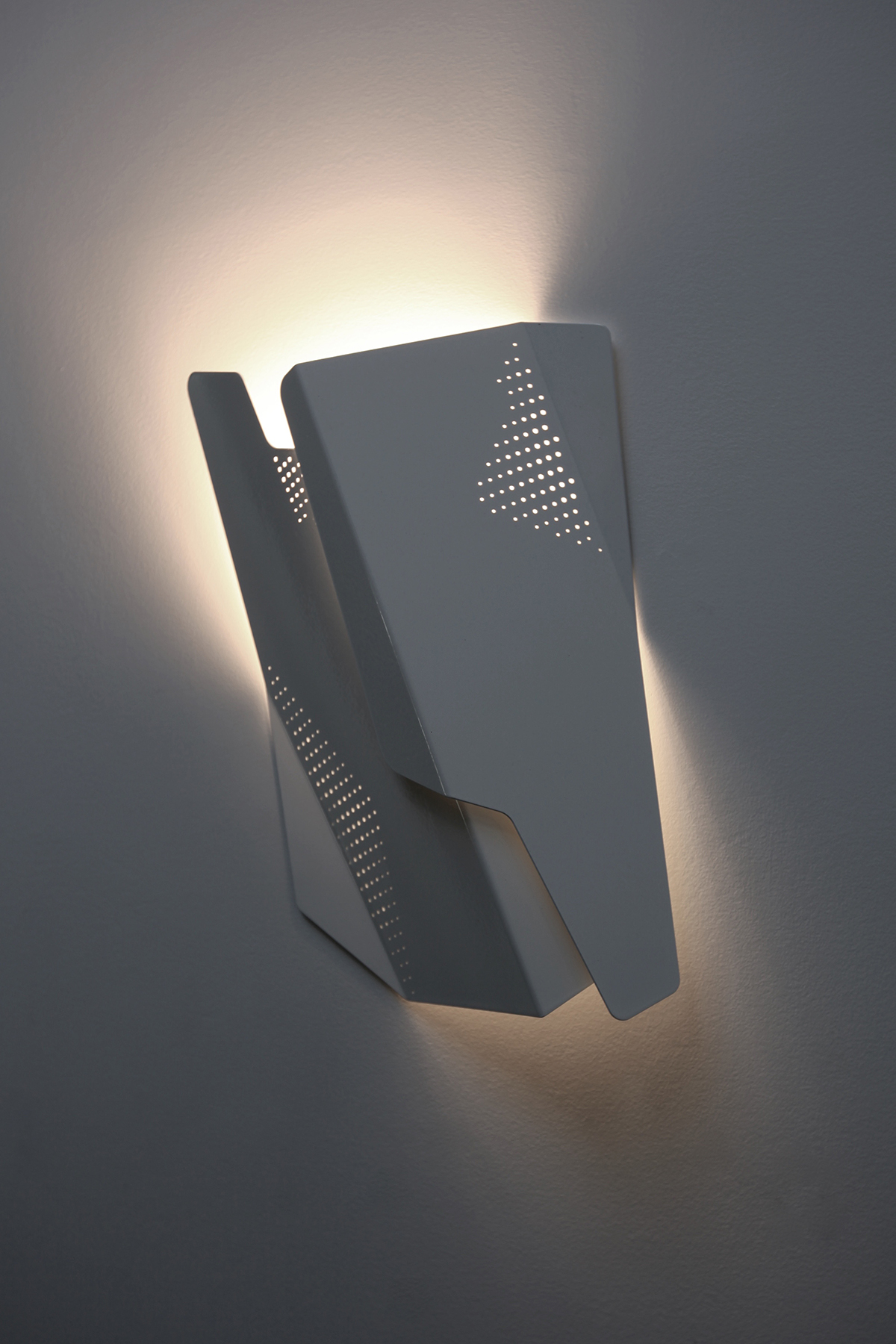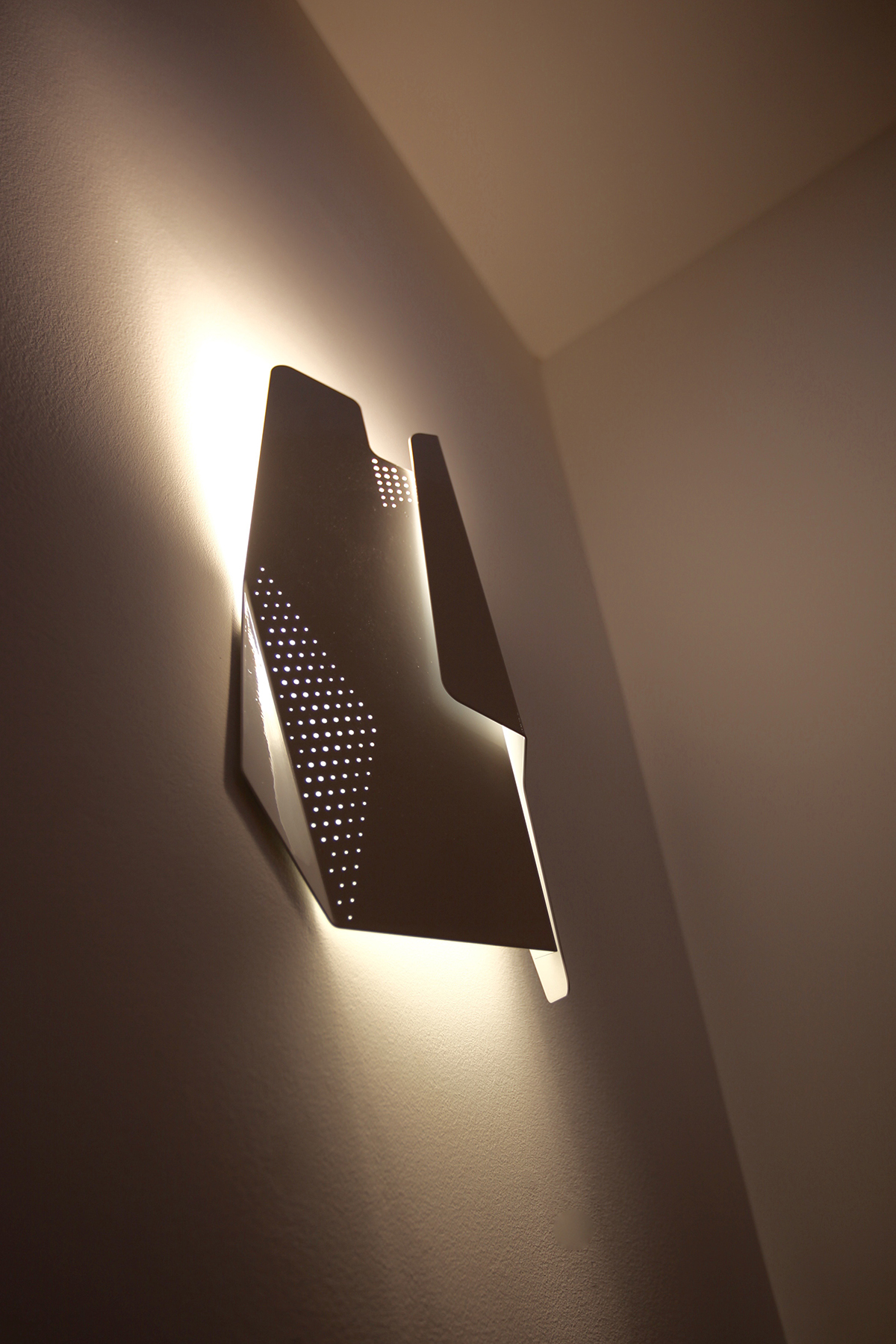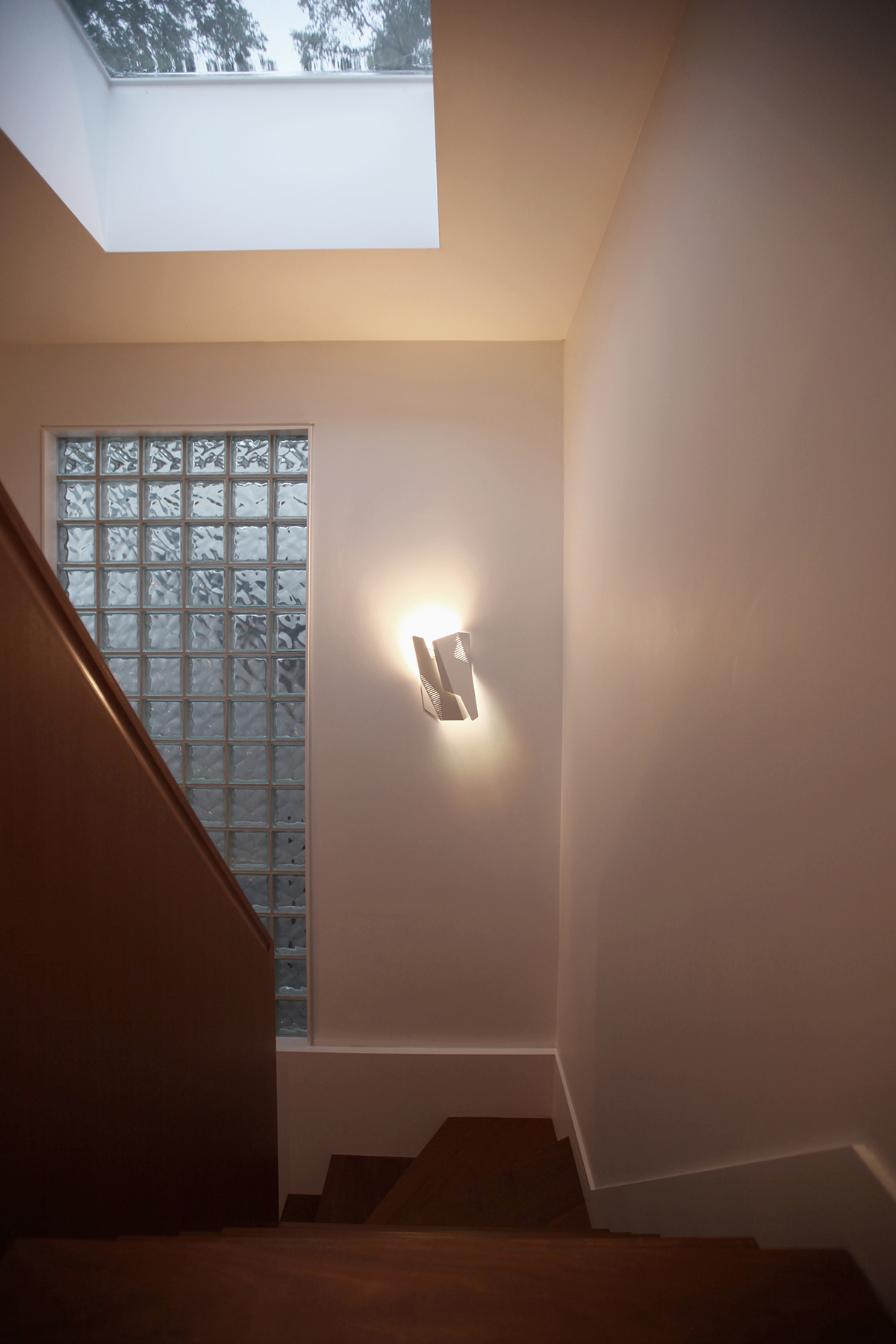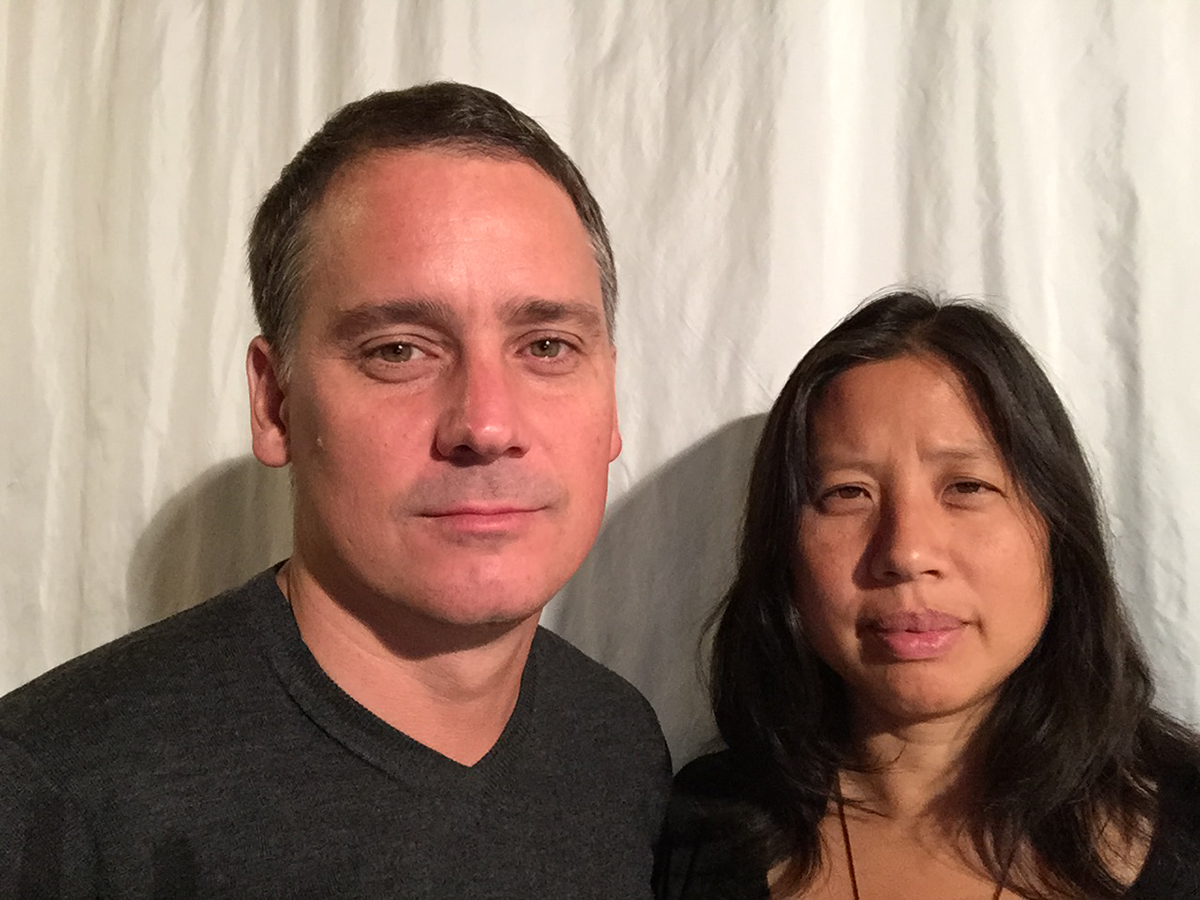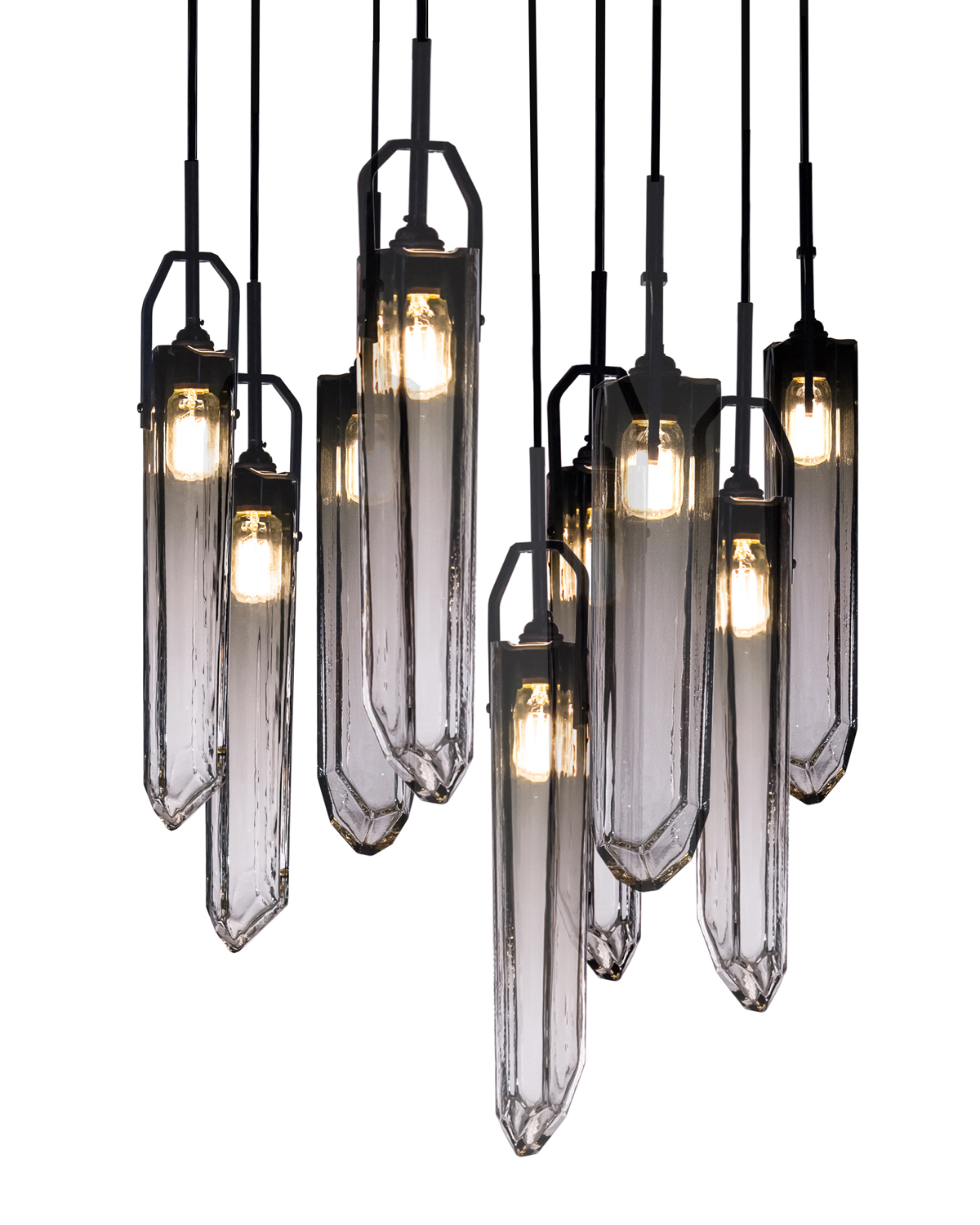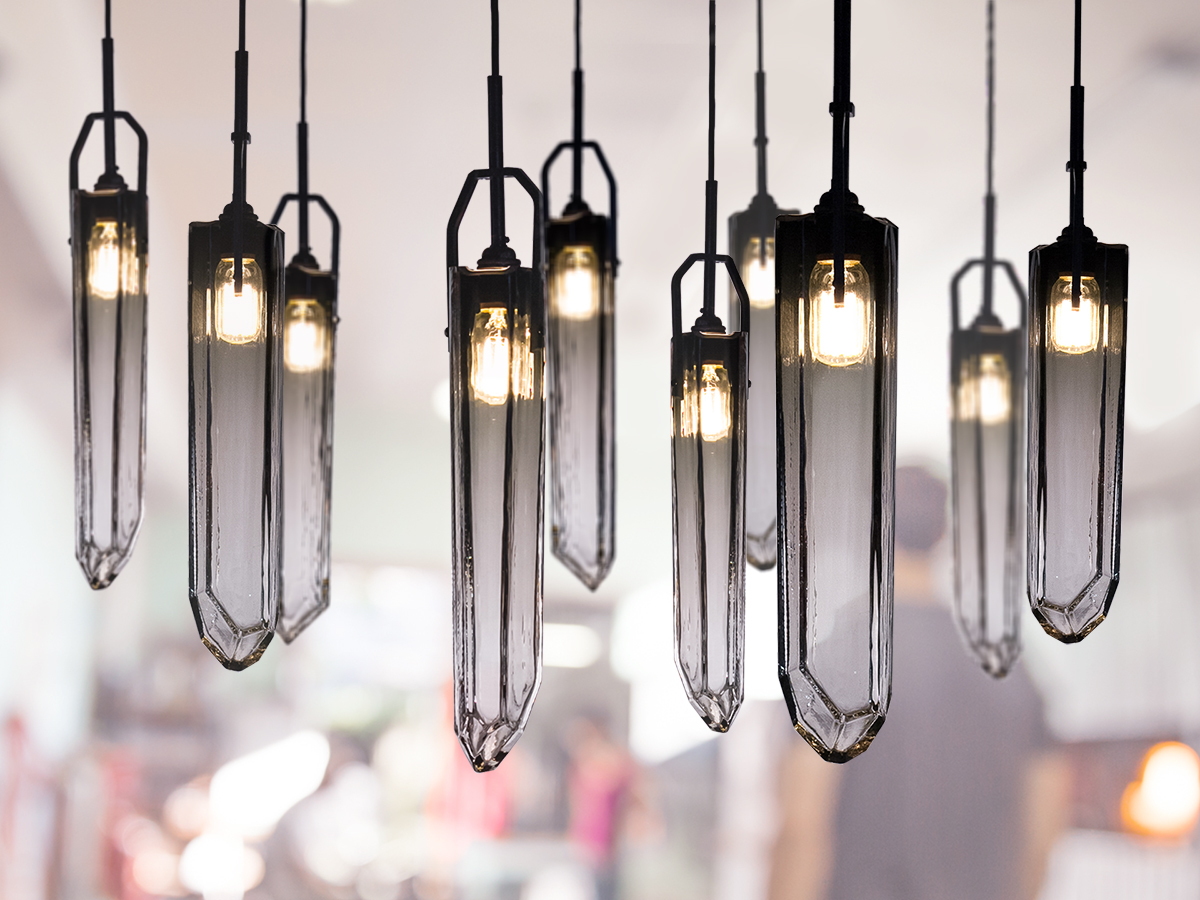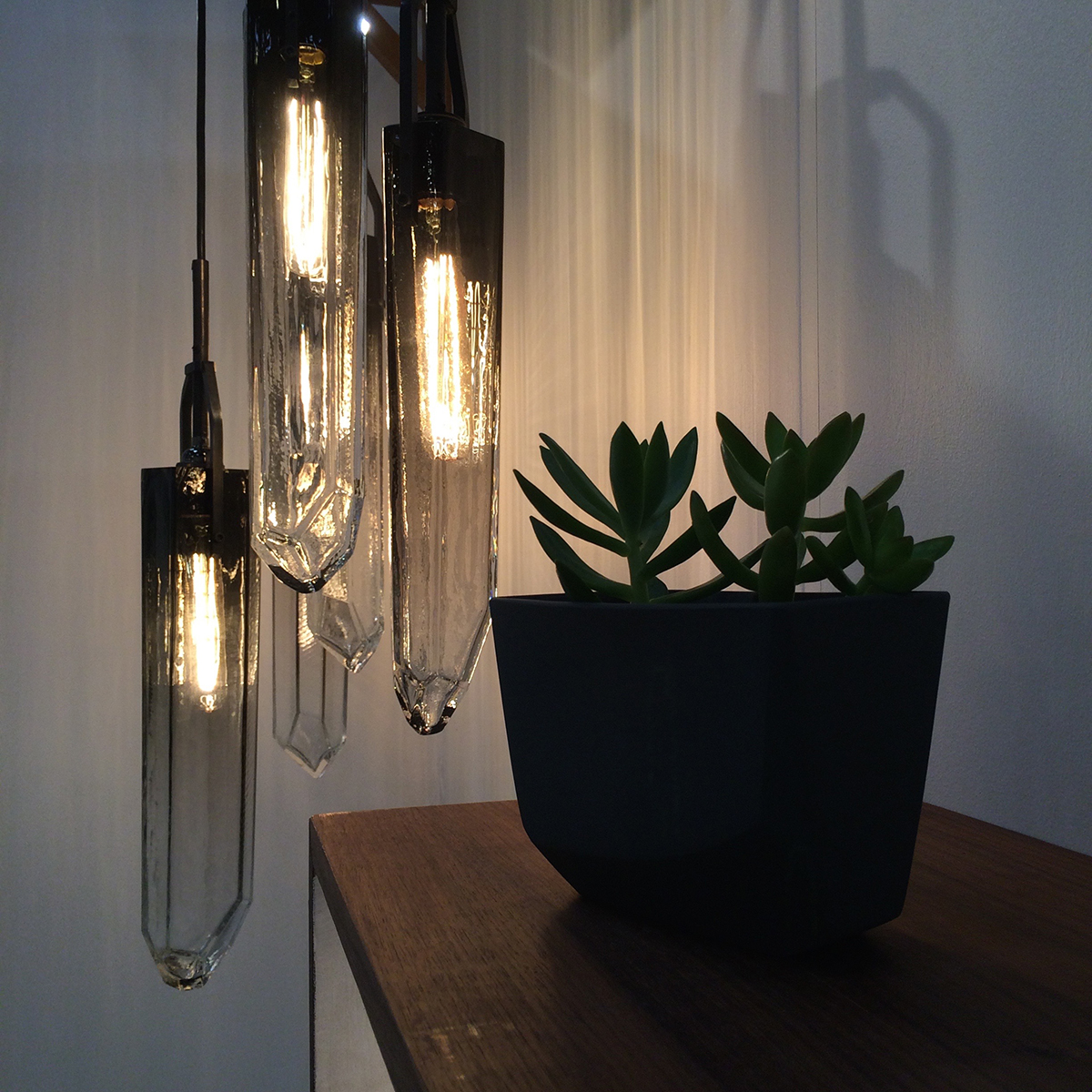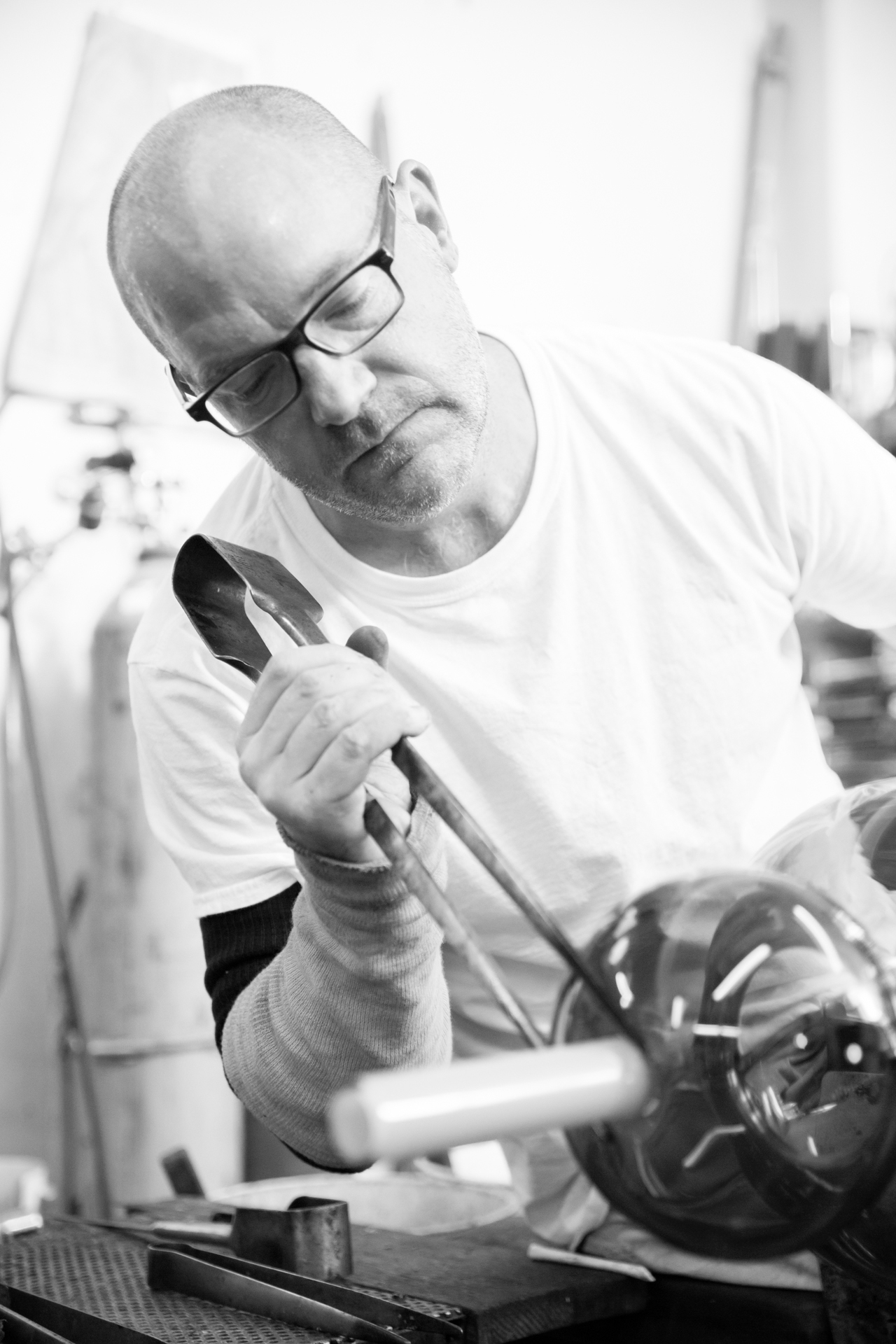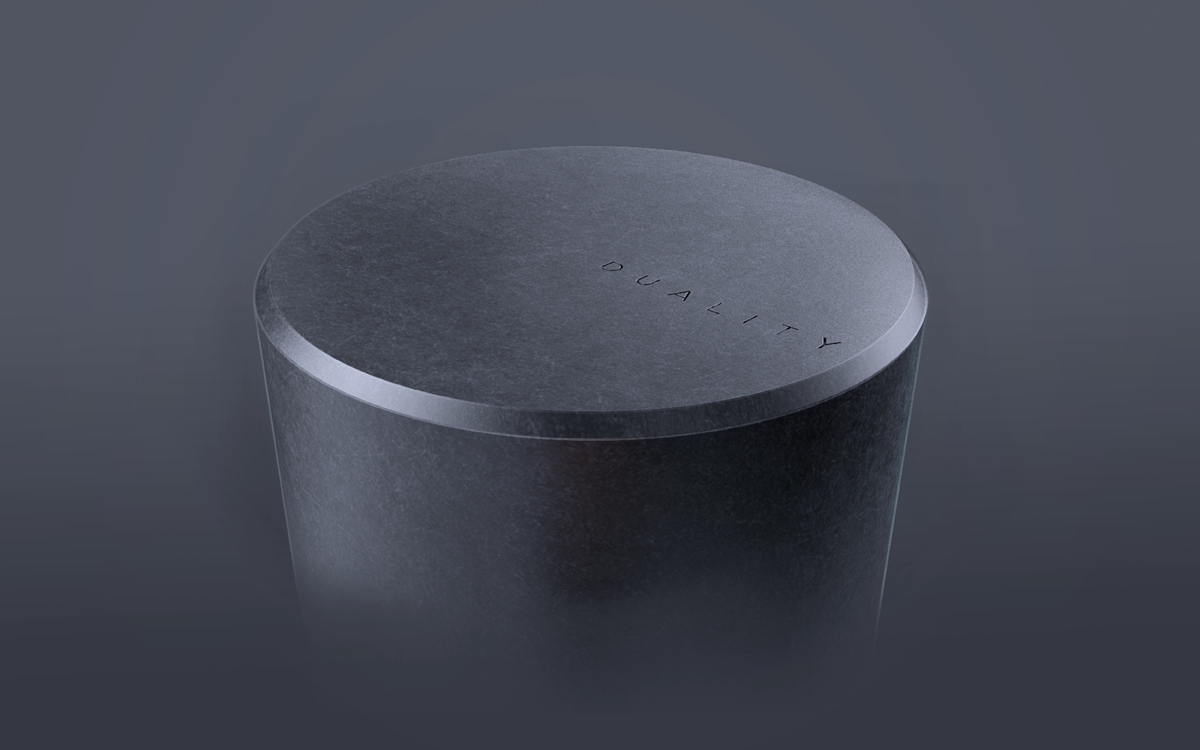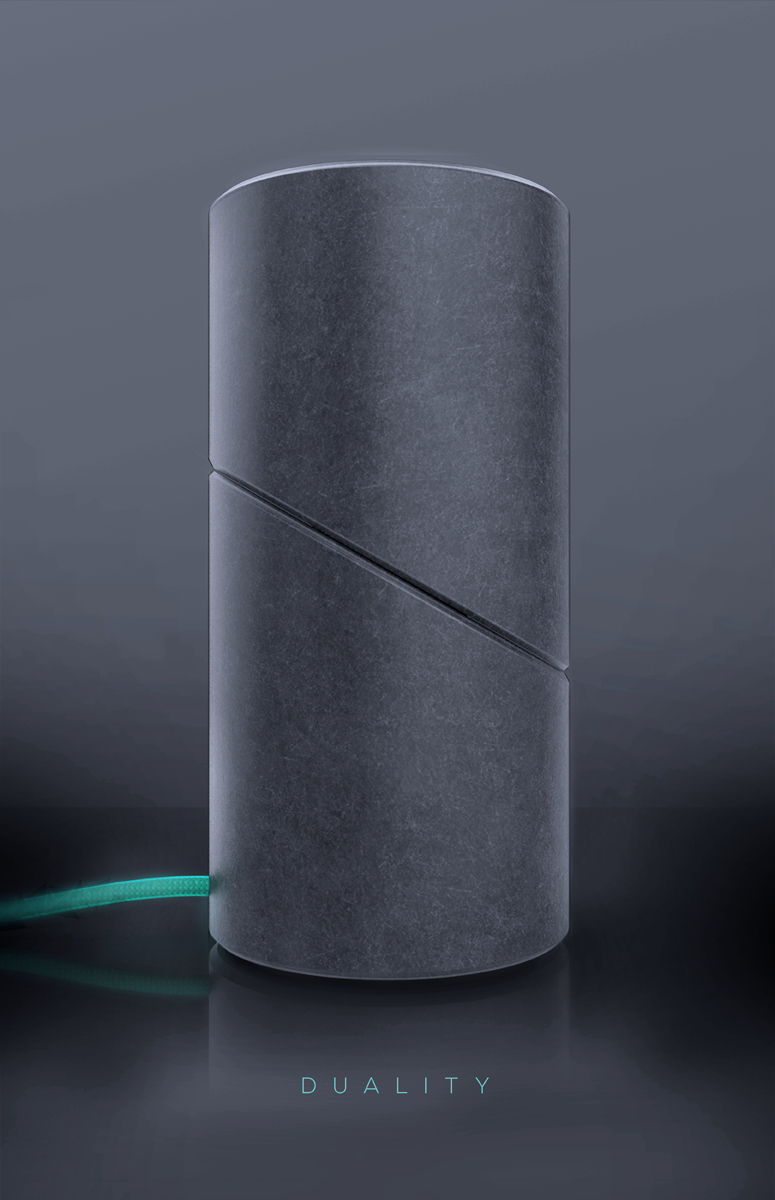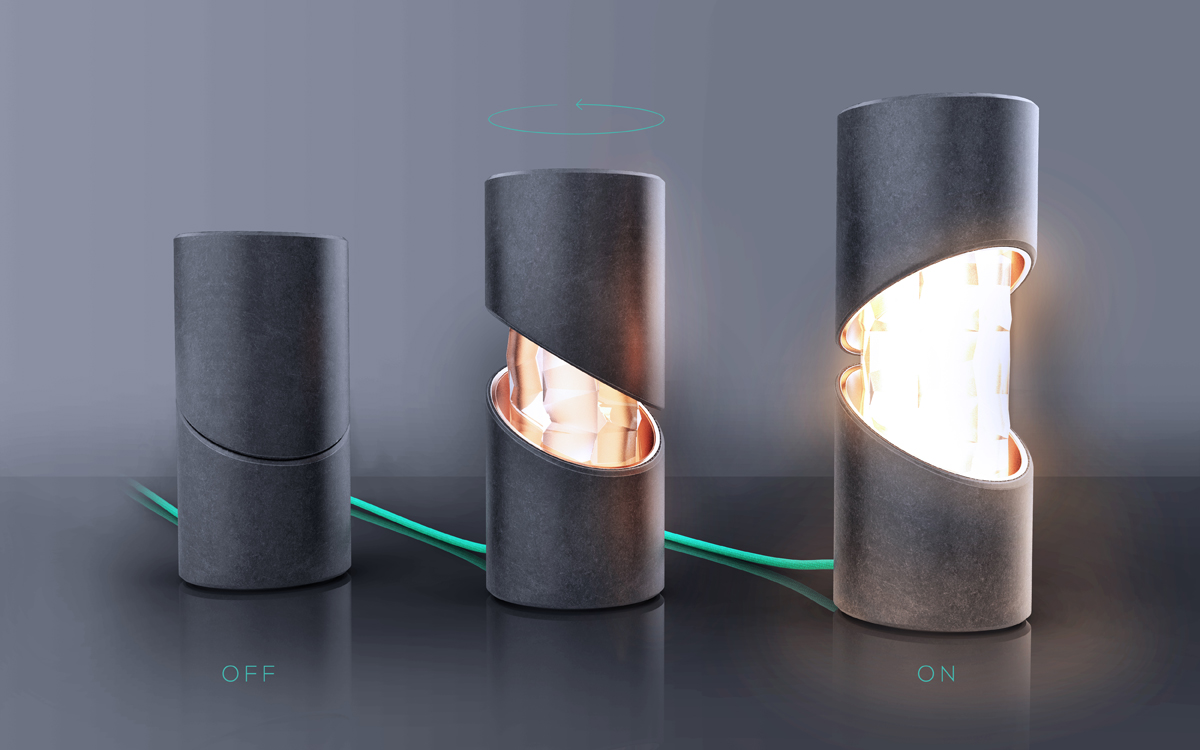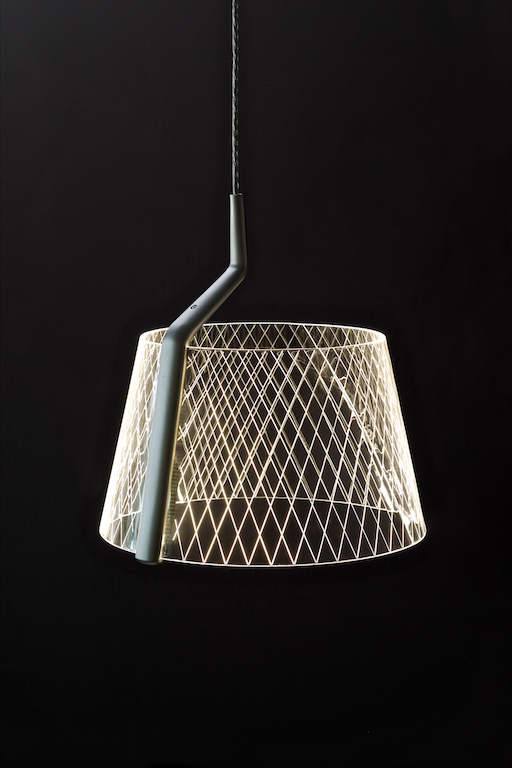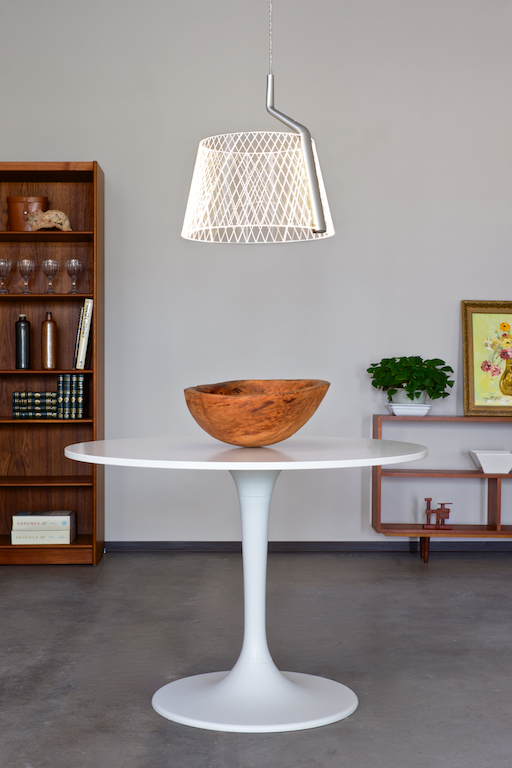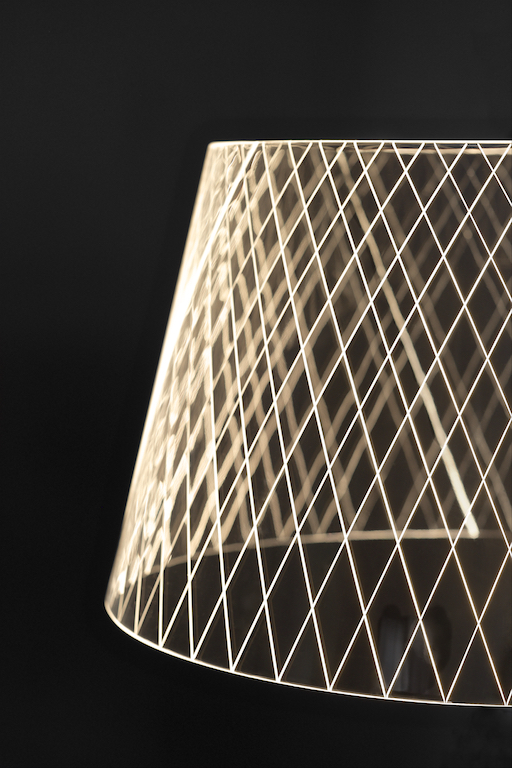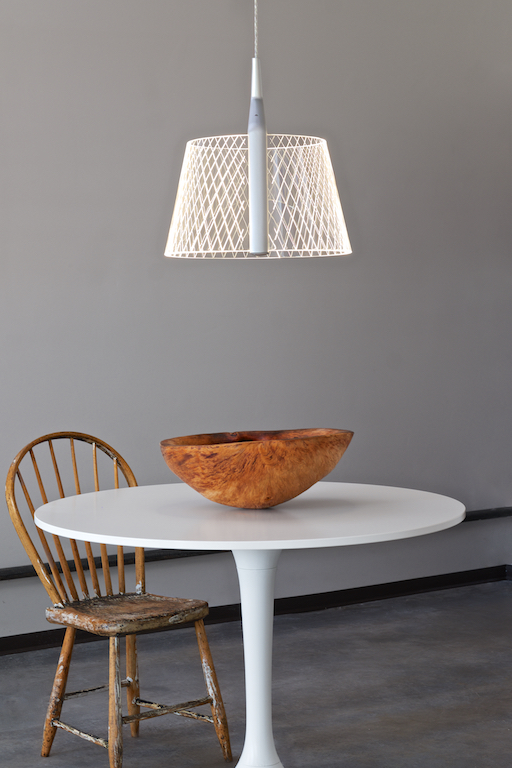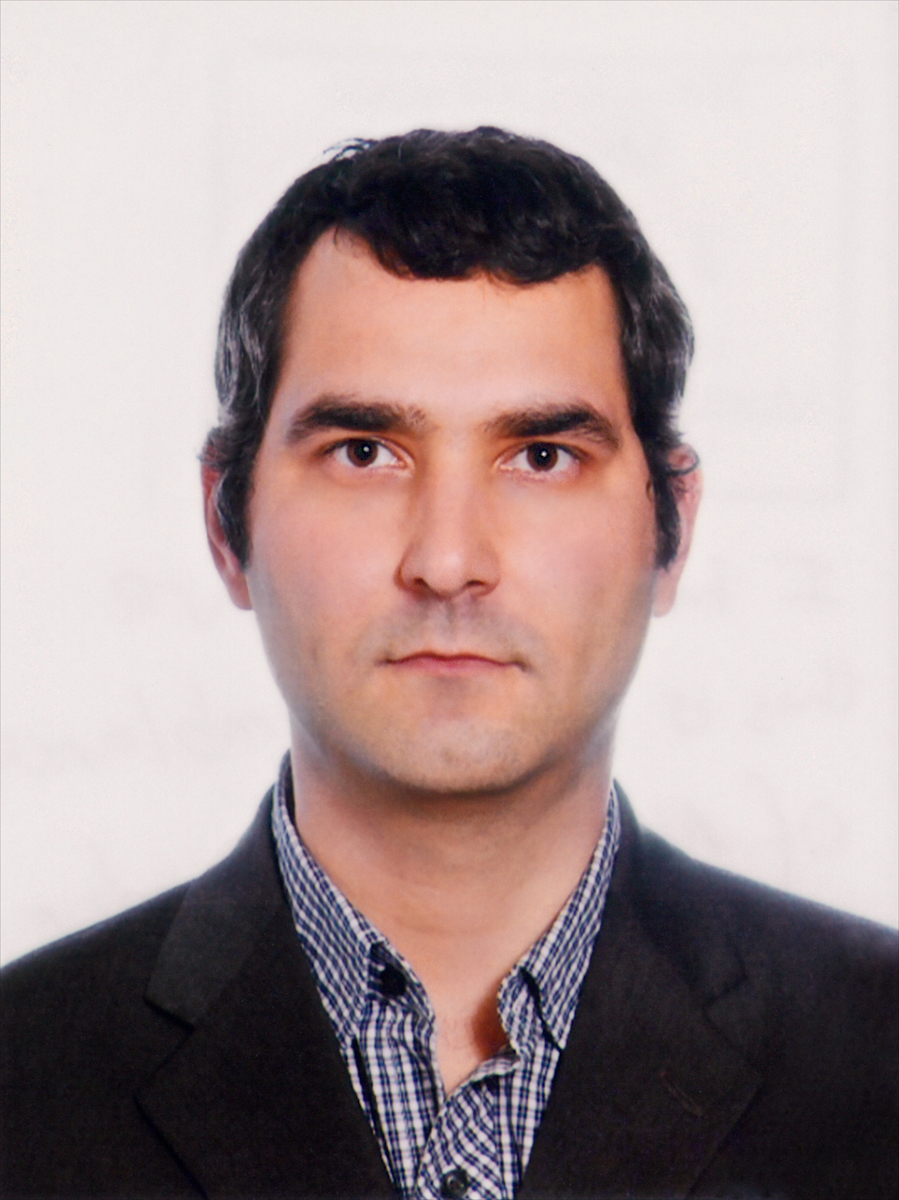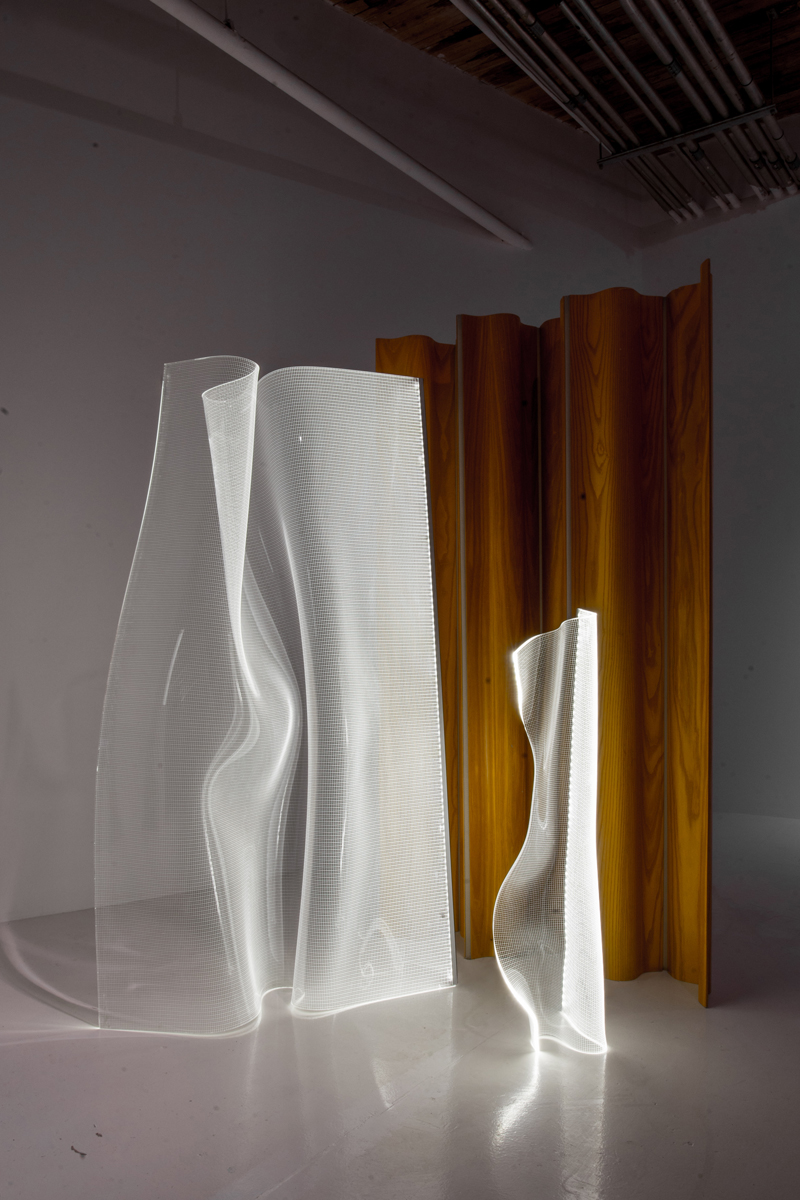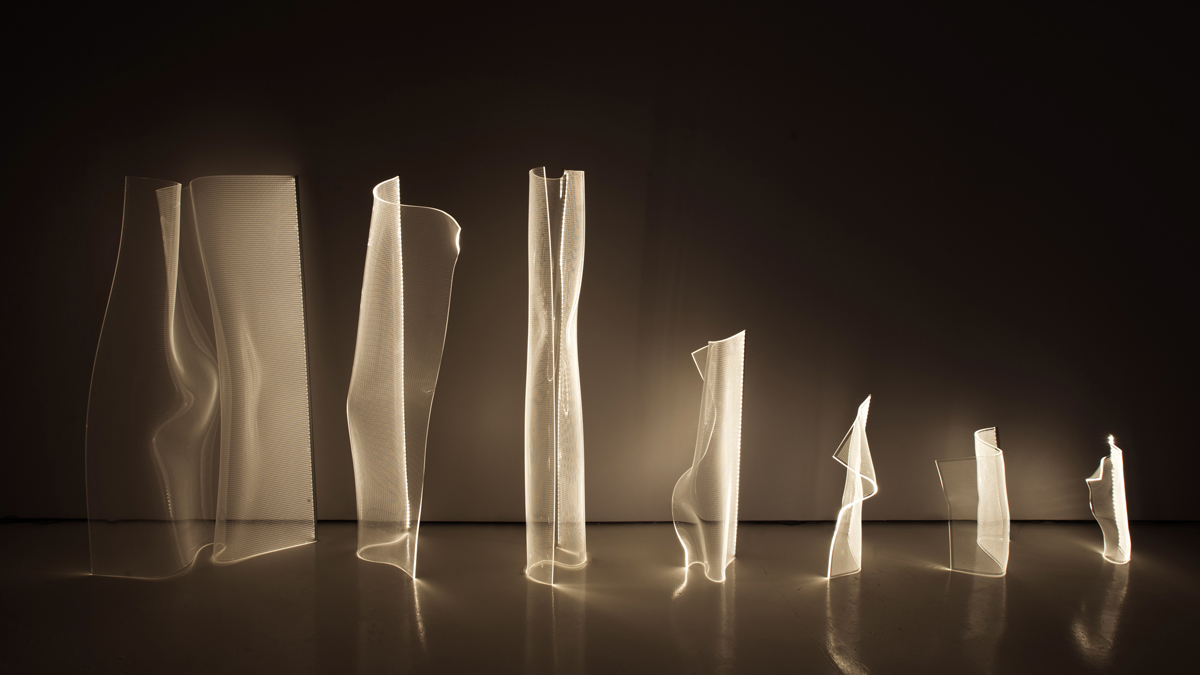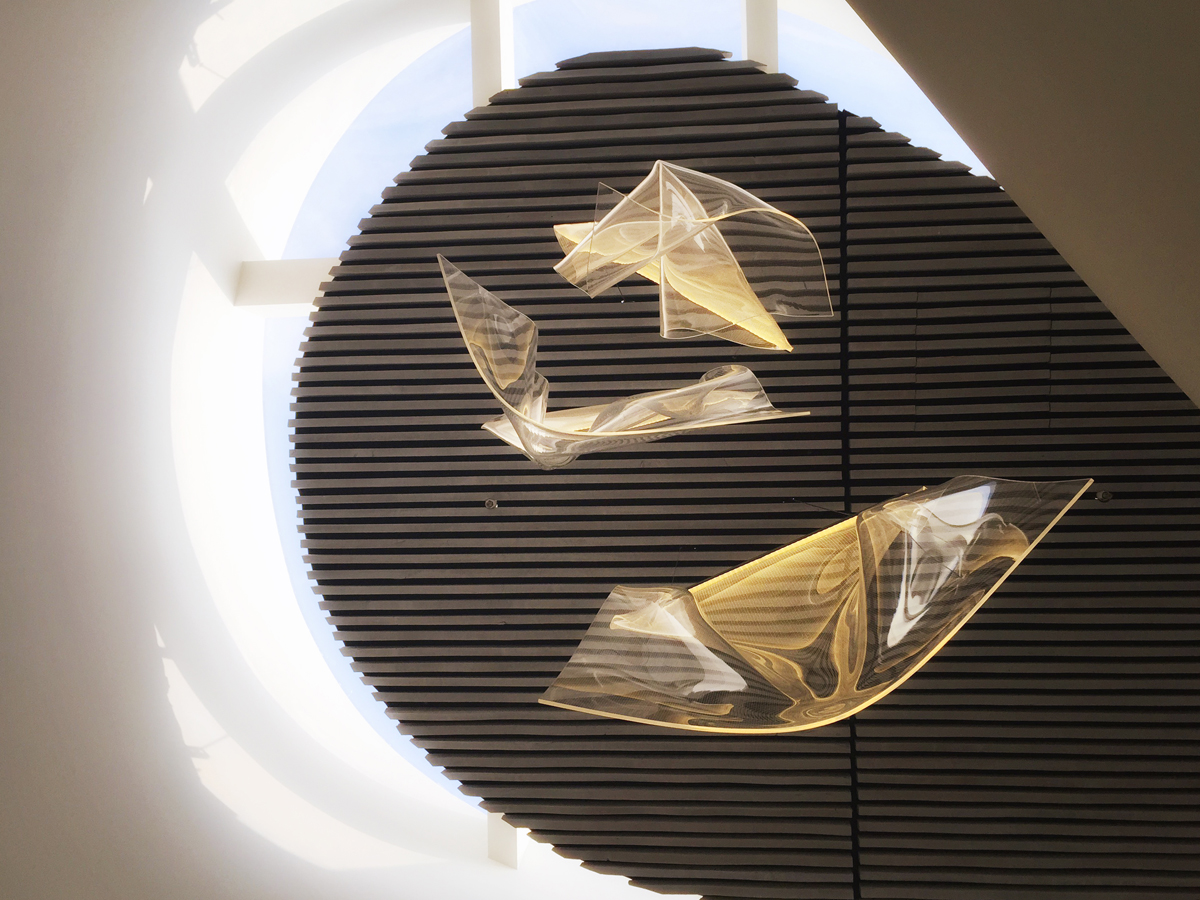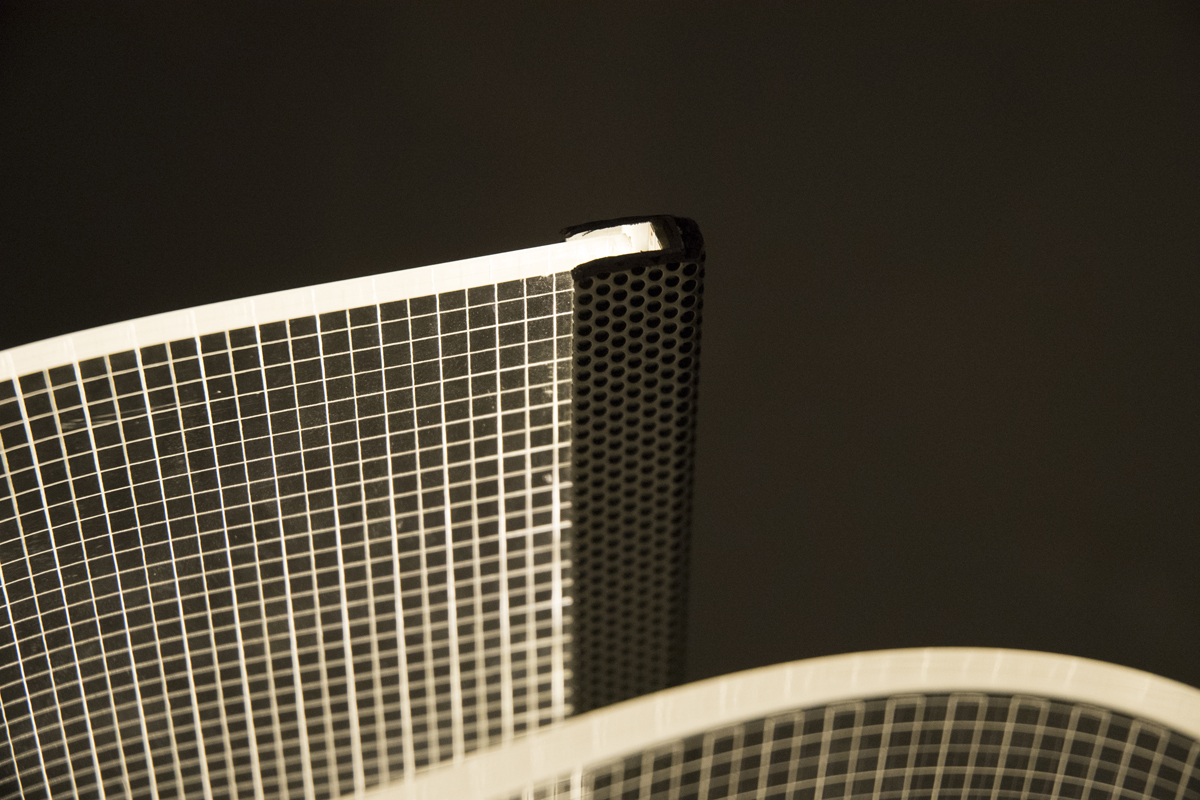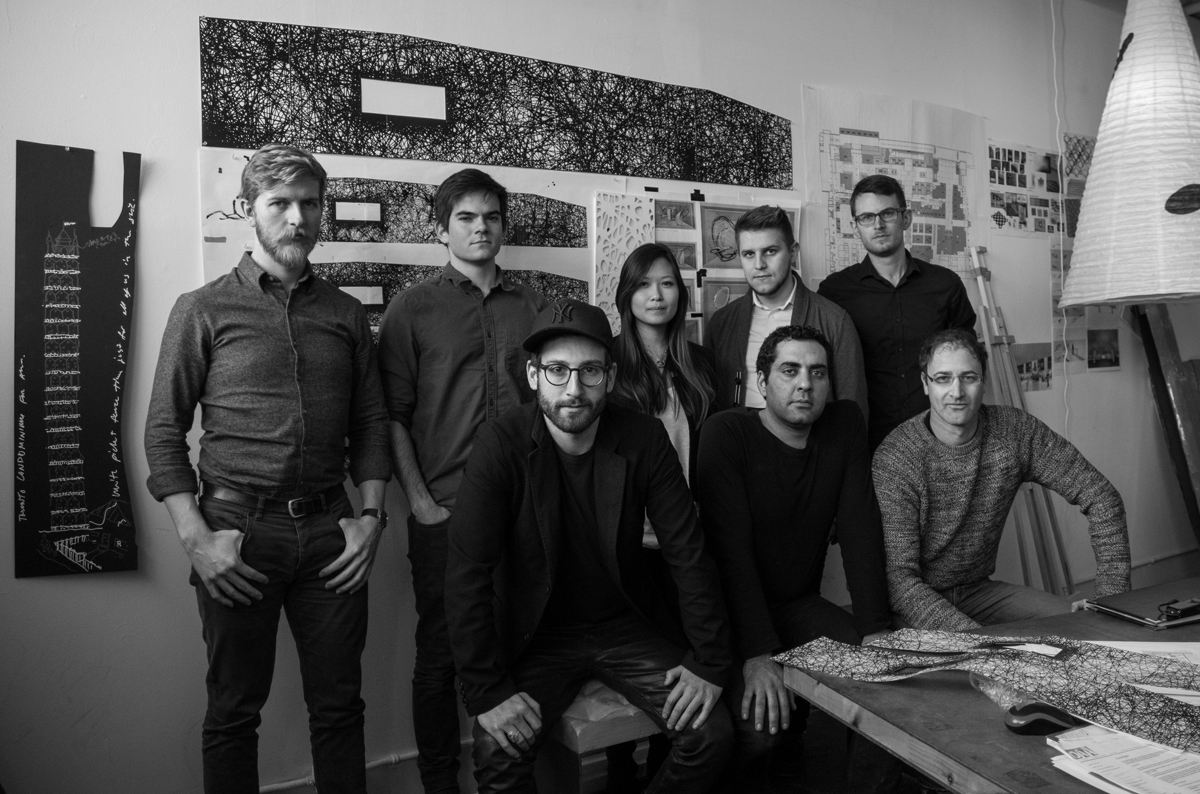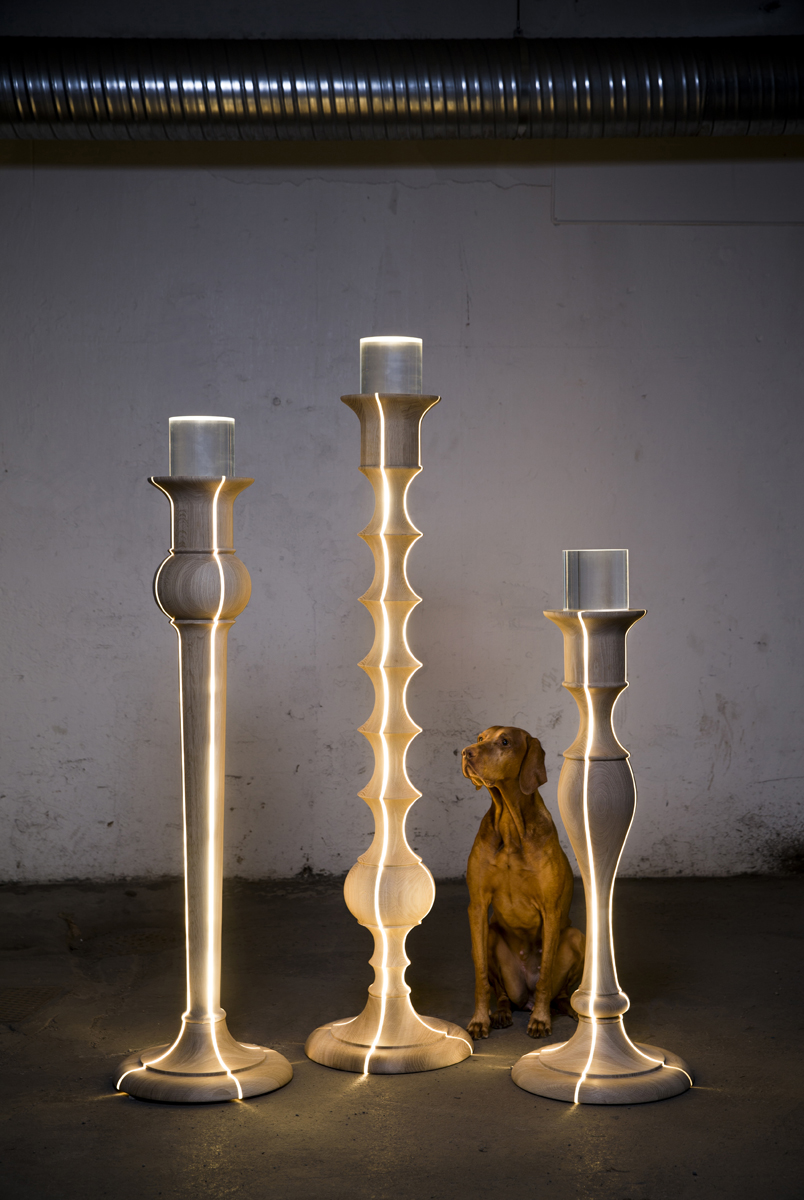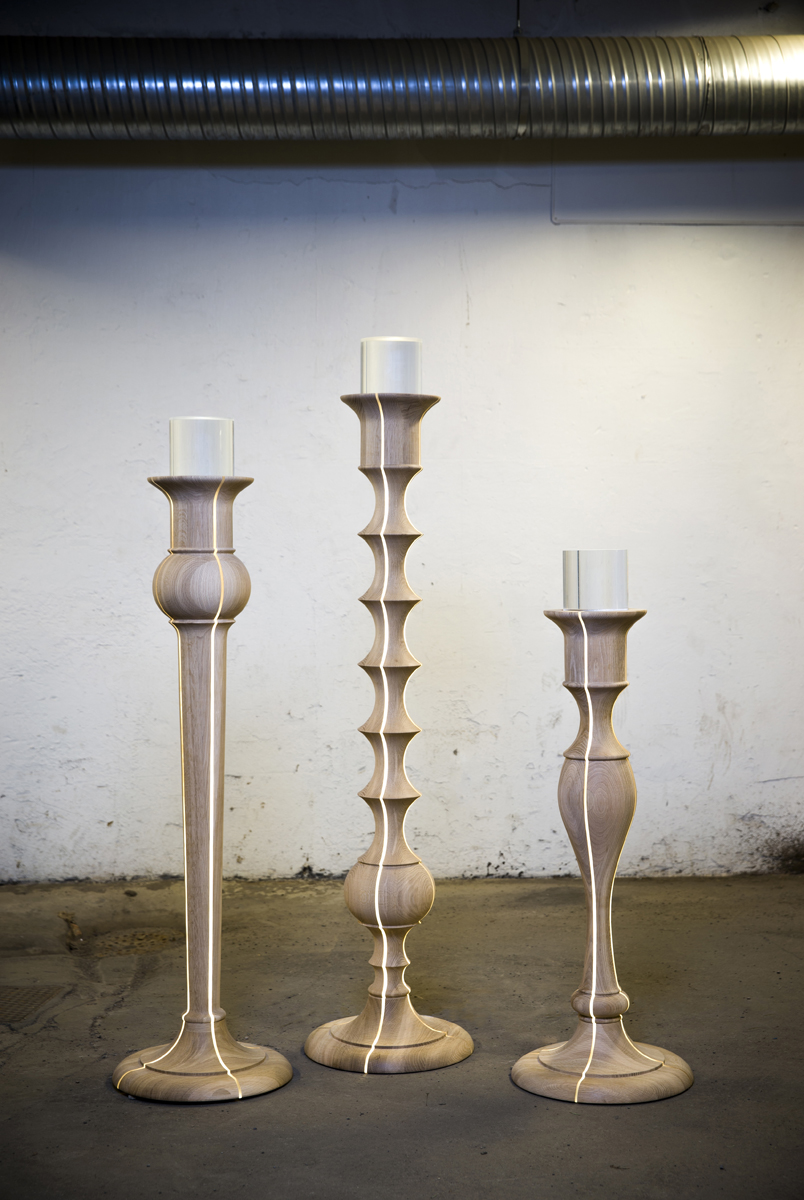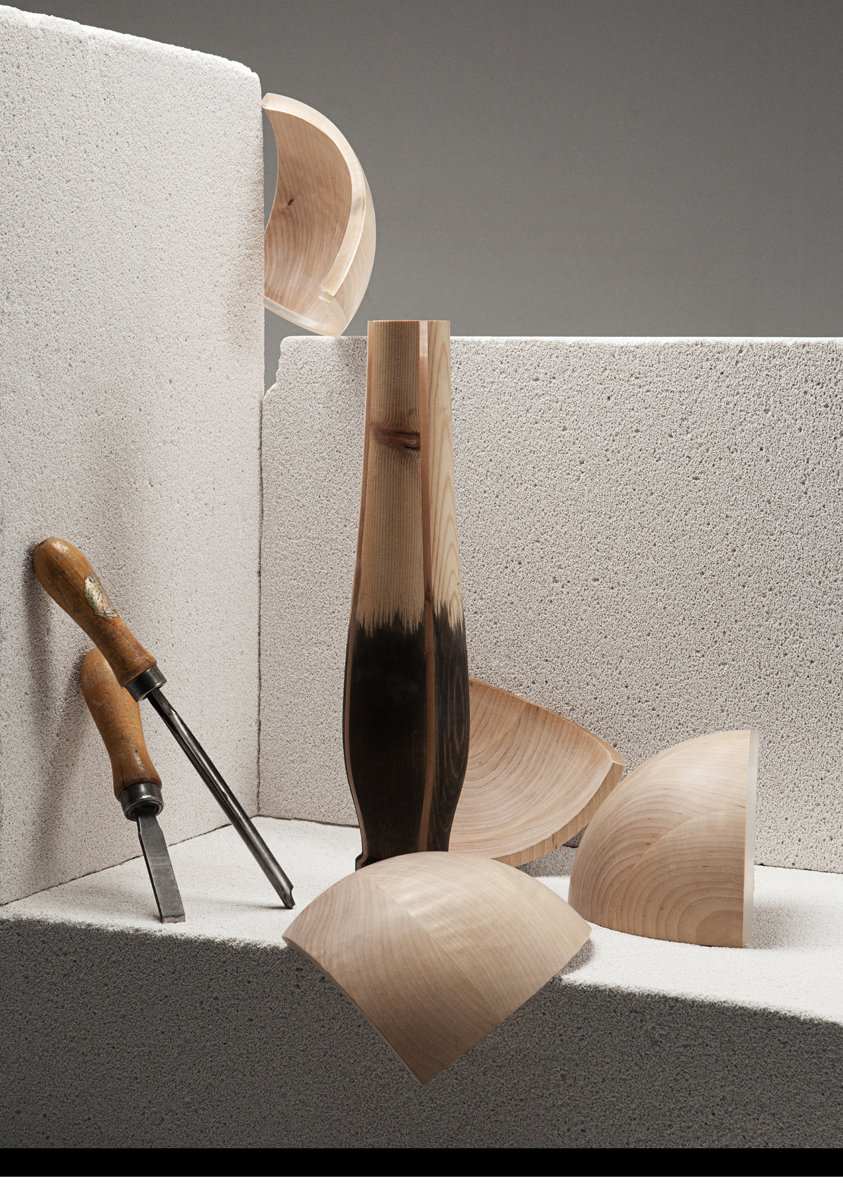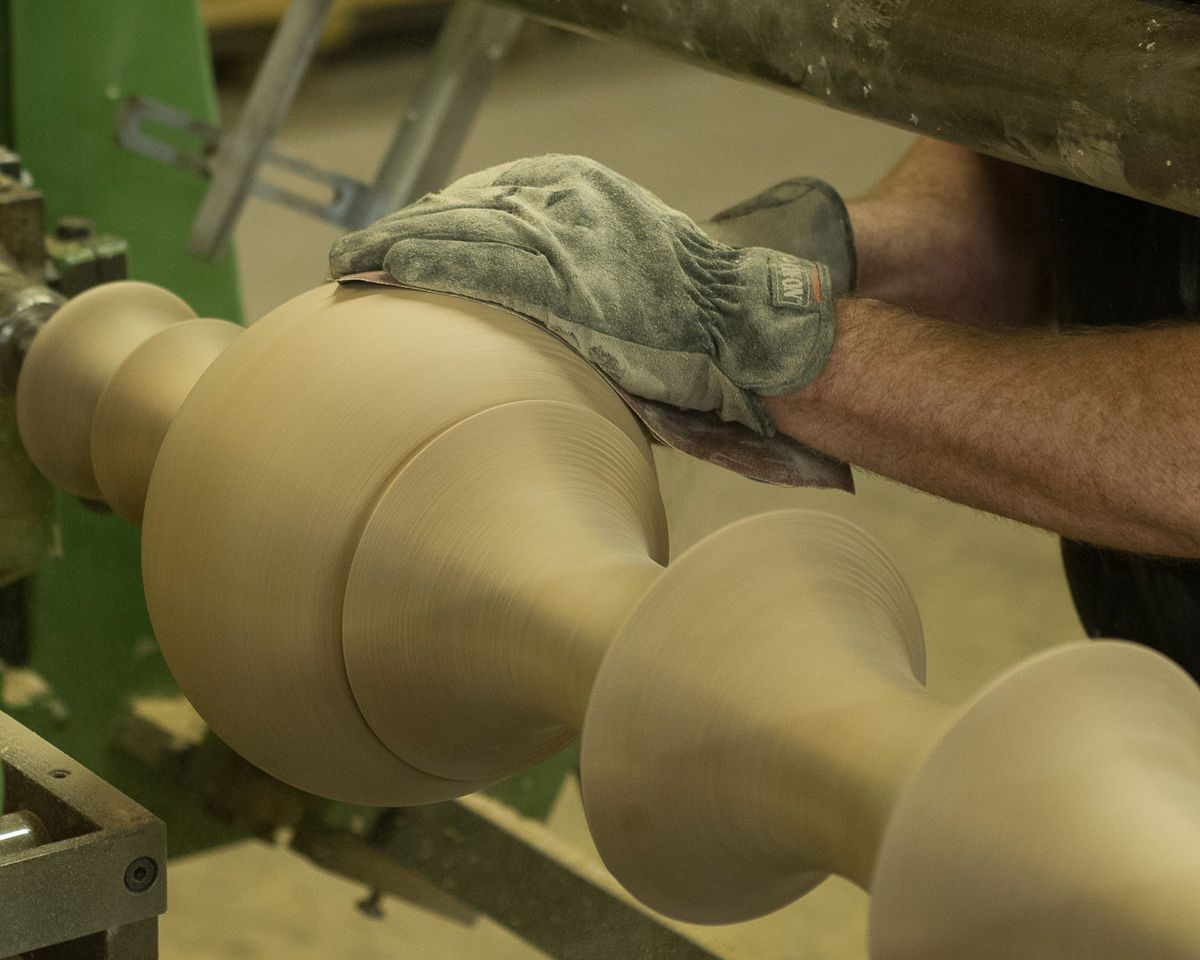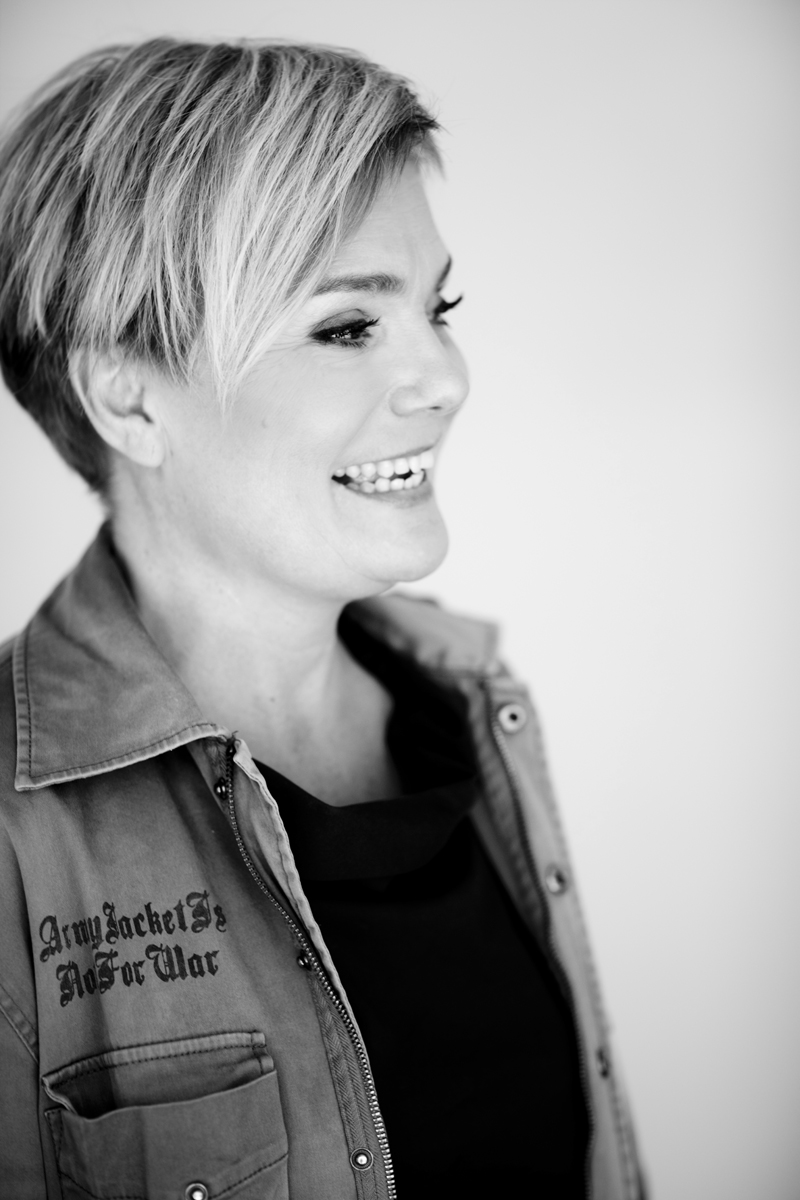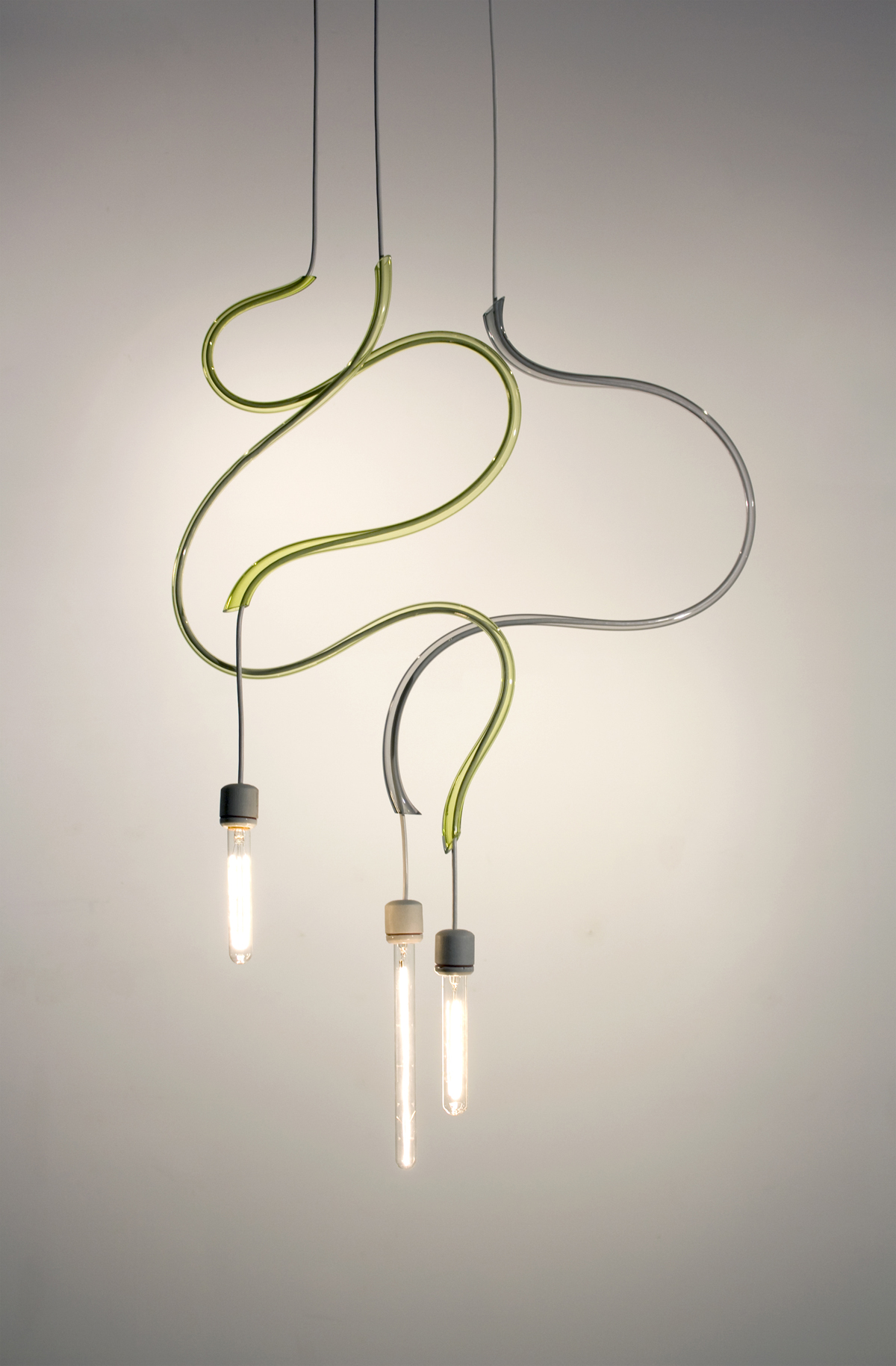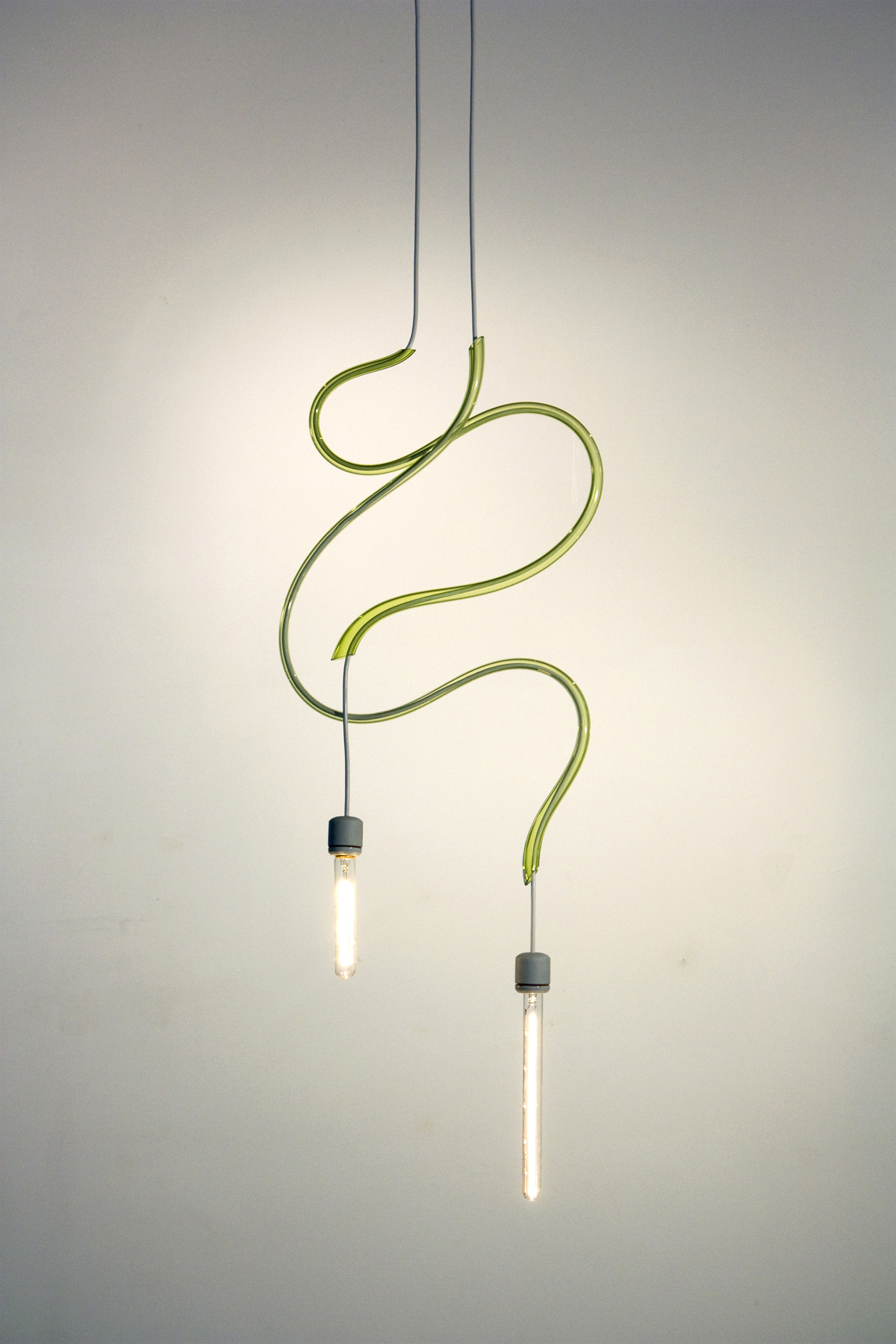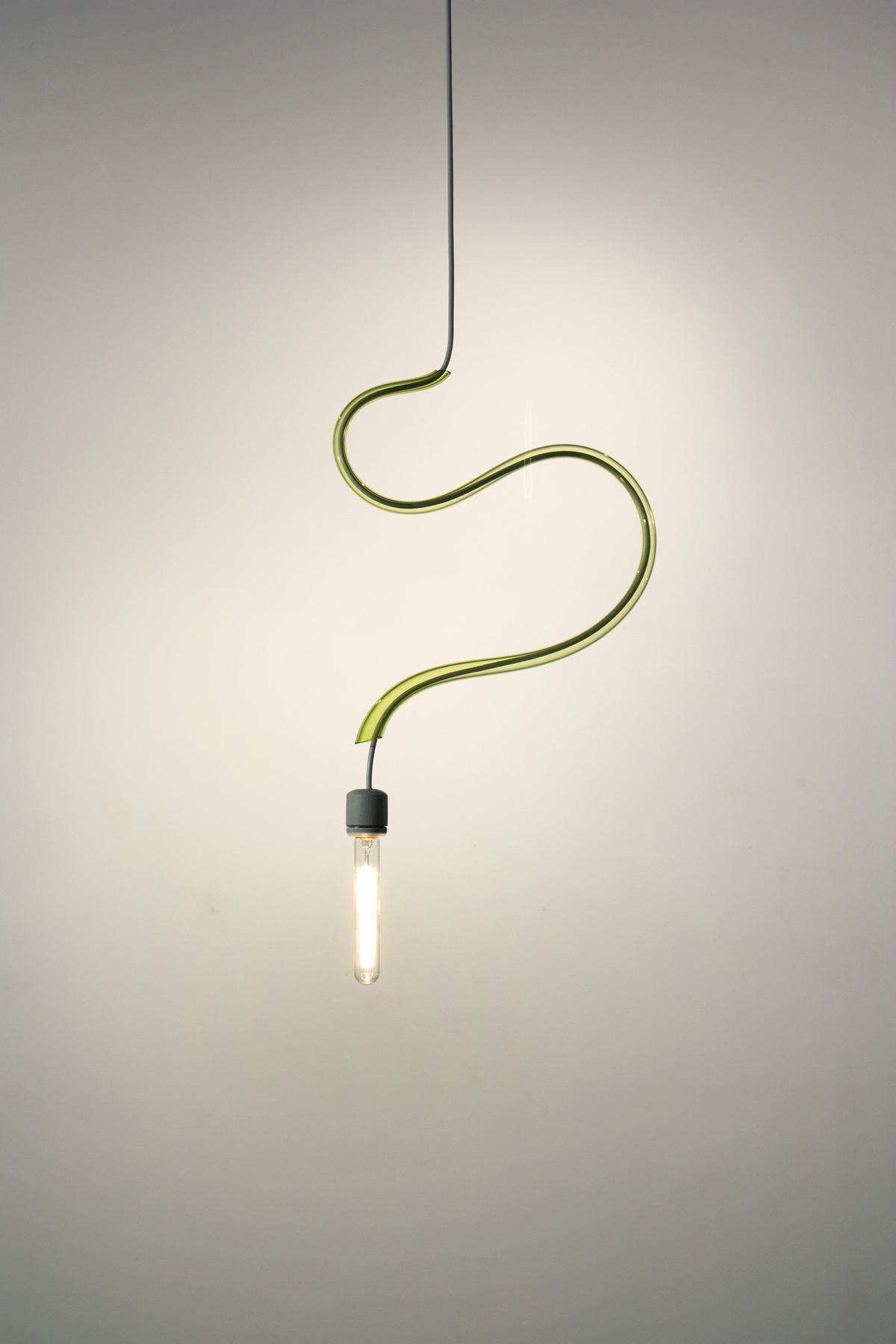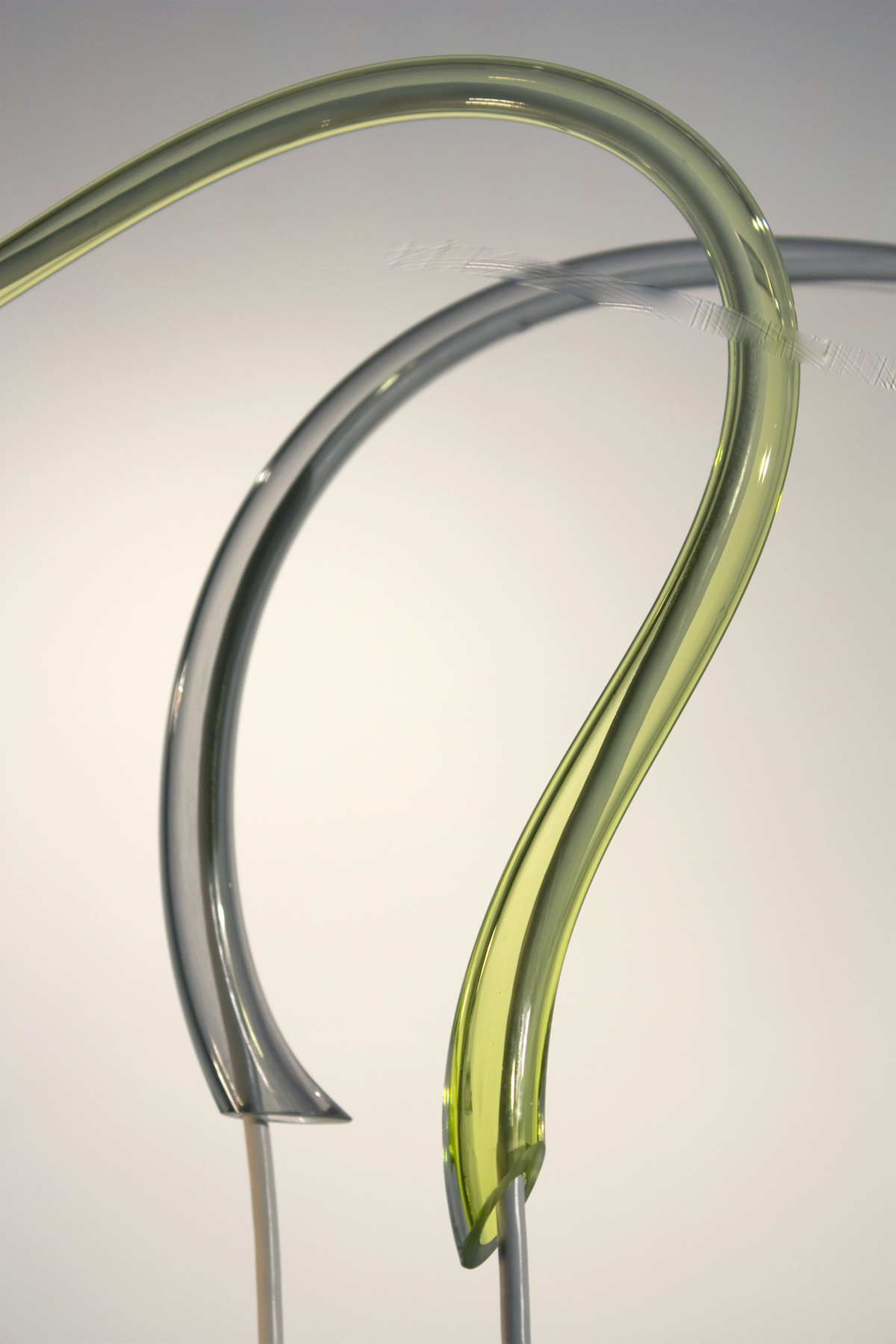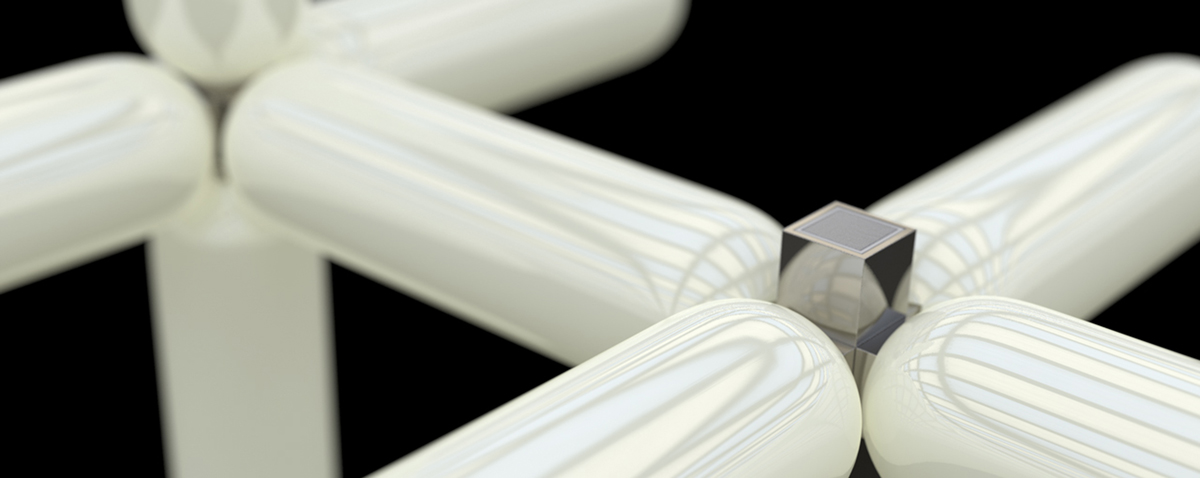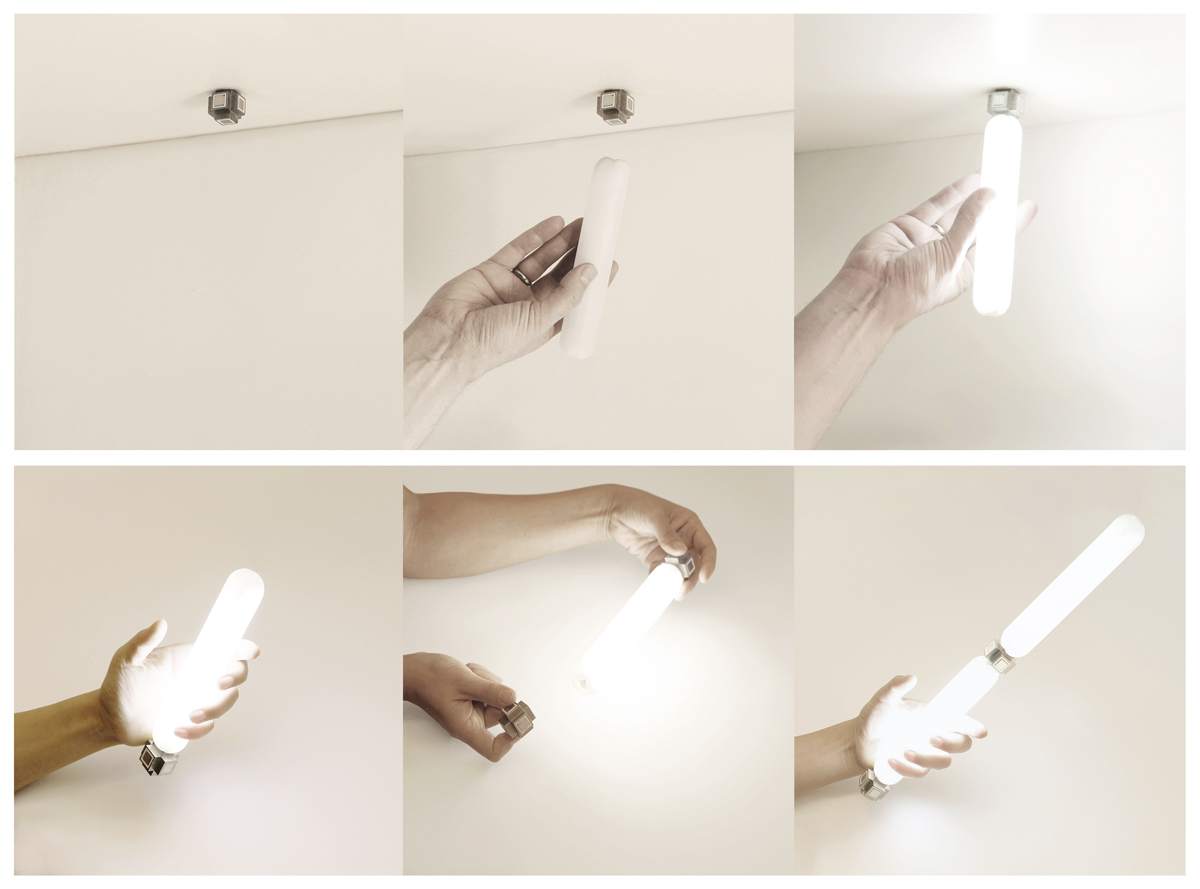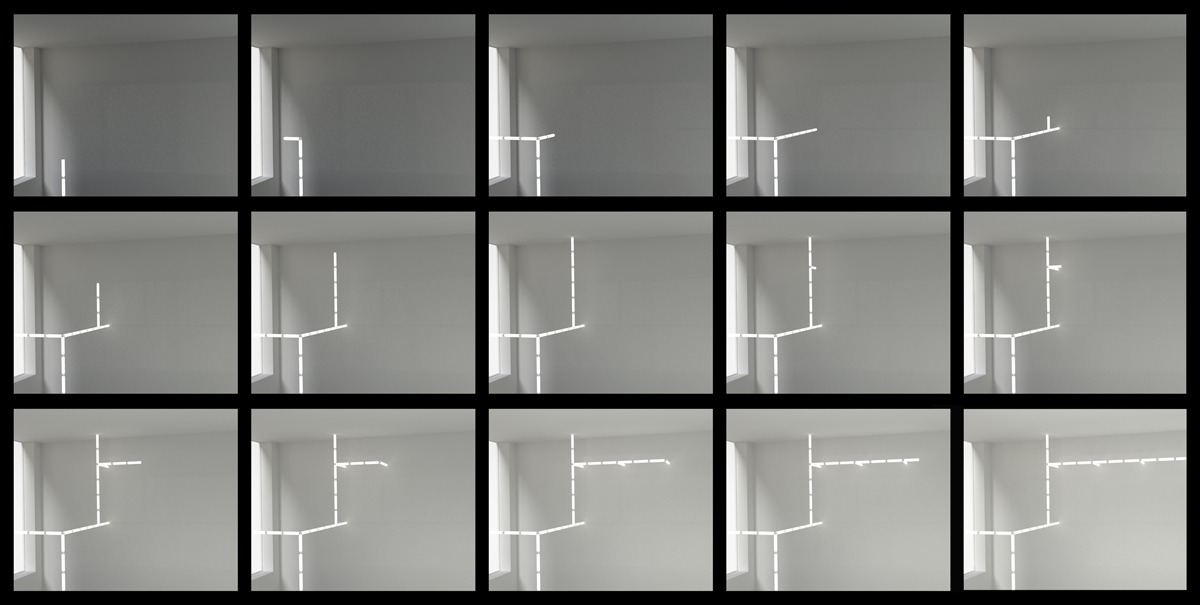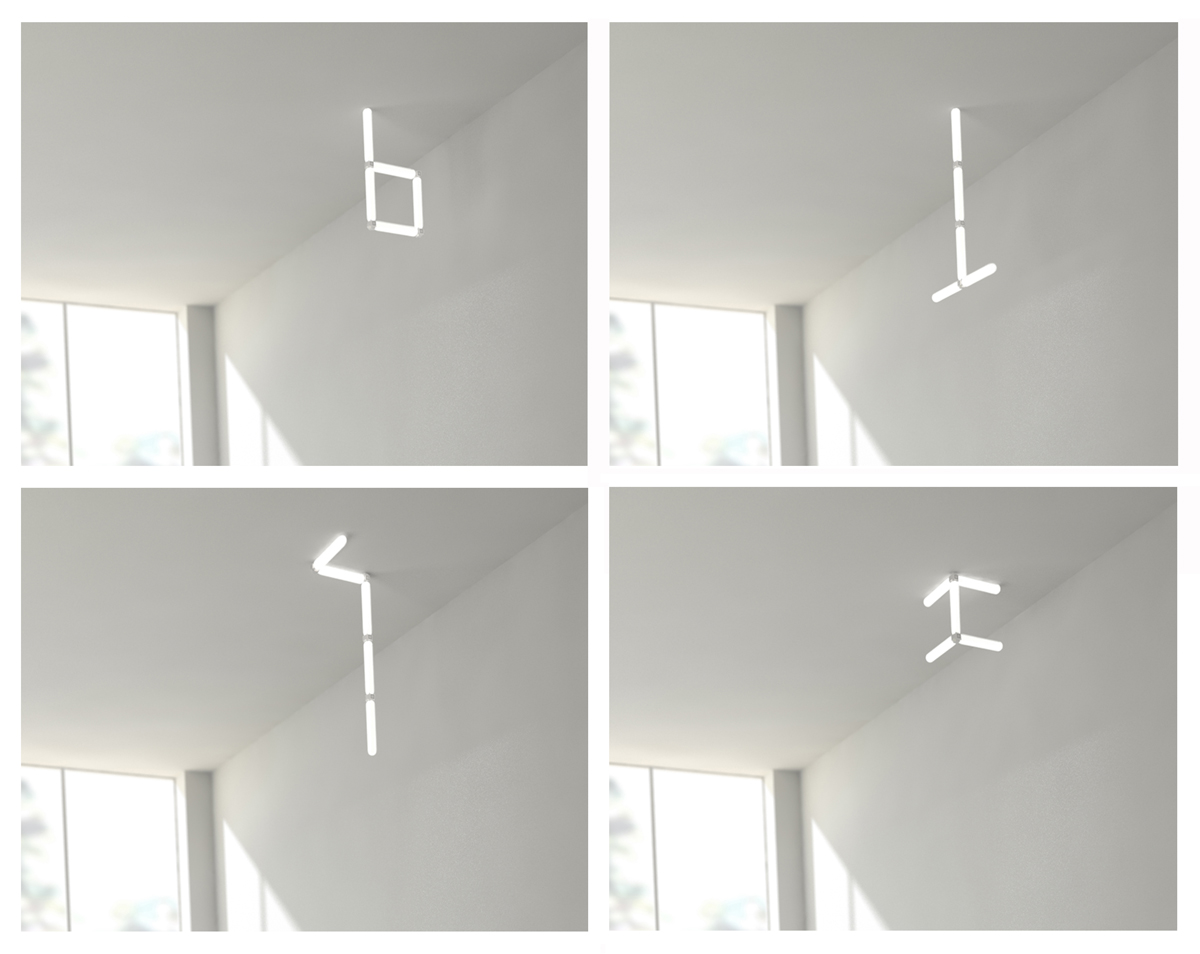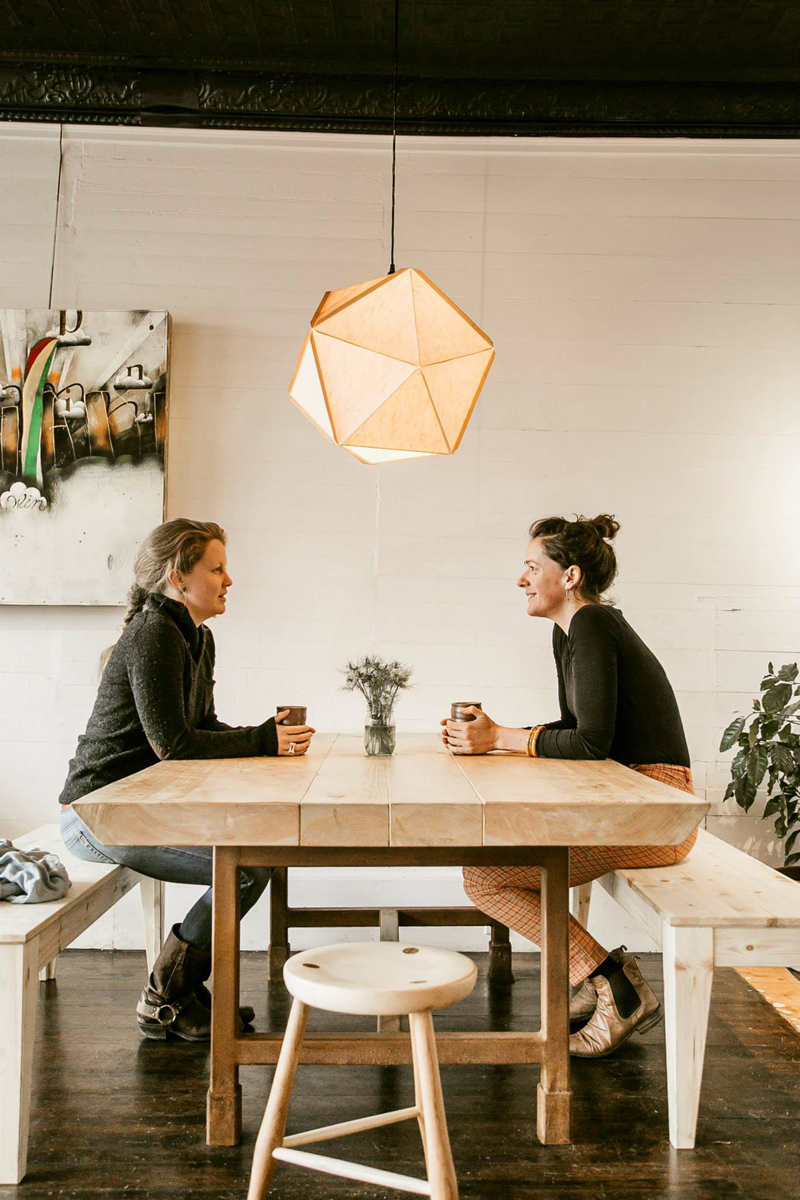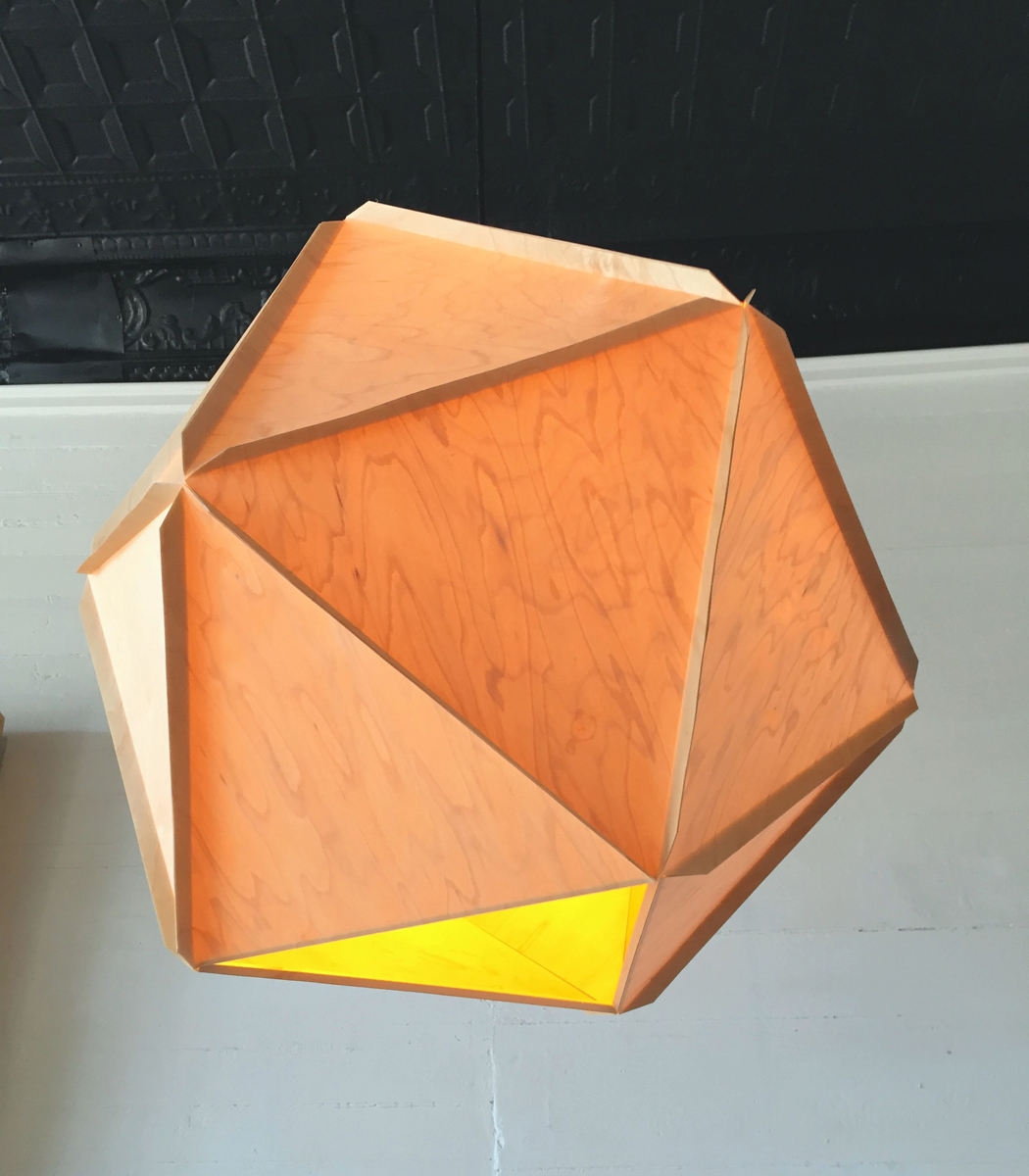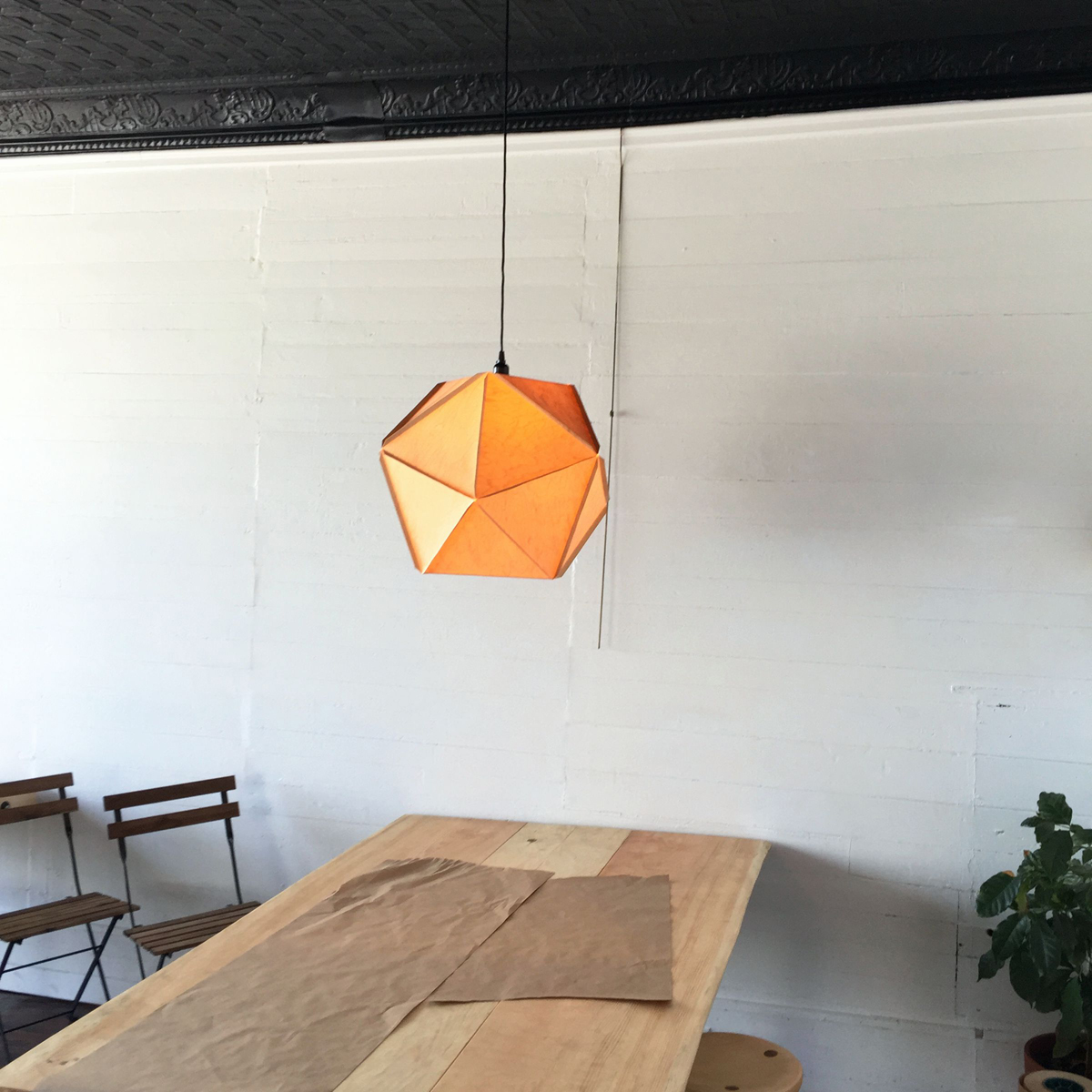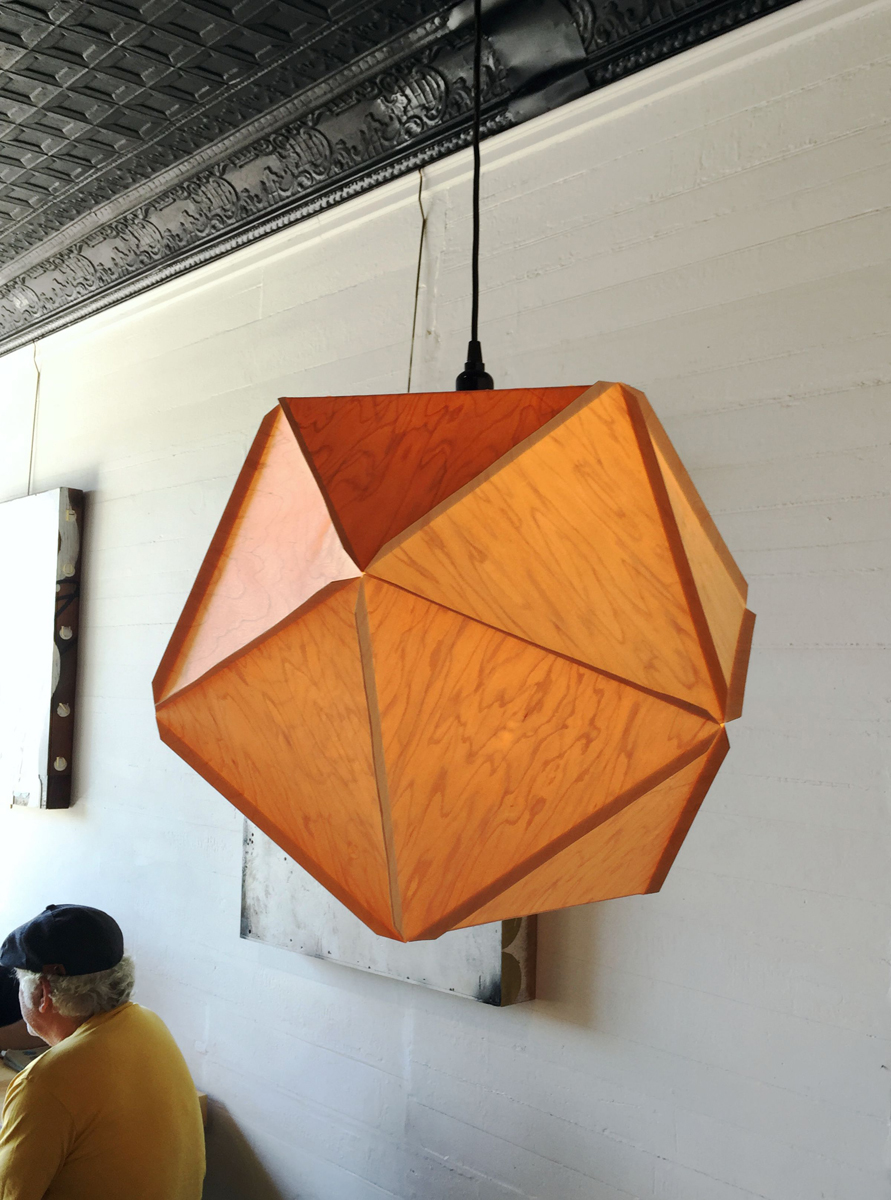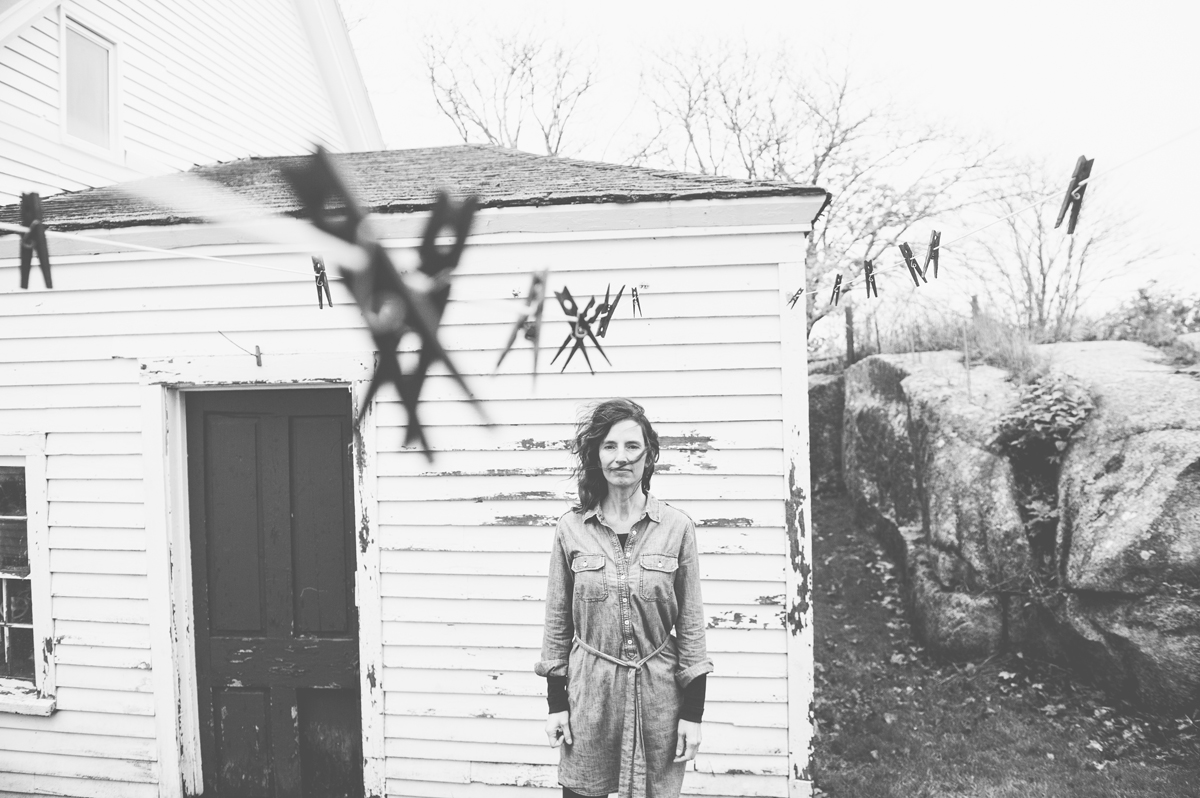*mobile devices click the + icon for a dropdown menu of finalists.
Established Criteria:
- Designers and design firms from all disciplines including but not limited to Artists, Industrial Designers, Architects and architectural firms are eligible to enter so long as:
- Submissions must have been developed and submitted by the eligible artist, architect or industrial designer whose business or professional career has been active longer than 3 years / having launched PRIOR TO November 1st 2012.
- Entrant must NOT be currently enrolled in any post-secondary design program.
- Entry must be a produced, functioning light, or prototype, BY OCTOBER 26th 2015.
- Custom designs are admissible if the entrant can support their vision for the marketability of their design.
- Entry must be of original creation, not infringing on any creative copyright anywhere.
- Currently produced light fixtures at the time of entry MUST NOT be, or contracted to be, mass-produced. L A M P's intention for established participants is to further elevate their recent and original work through media reach & community connections with the intention of bringing their proposed product to a global market.
- Eligible fixtures must have been completed & manufactured no earlier than December 31, 2012.
- Eligible entry must be a working indoor PENDANT, WALL, TABLE or FLOOR light.
- Entry MUST NOT exceed 6' x 6' x 6' at 1:1 scale.
- If the design is intended to be hard-wired, for exhibition purposes they must be able to be plugged in.
- All lights adaptable to 120v, North American Standard.

